Last updated on March 11, 2024
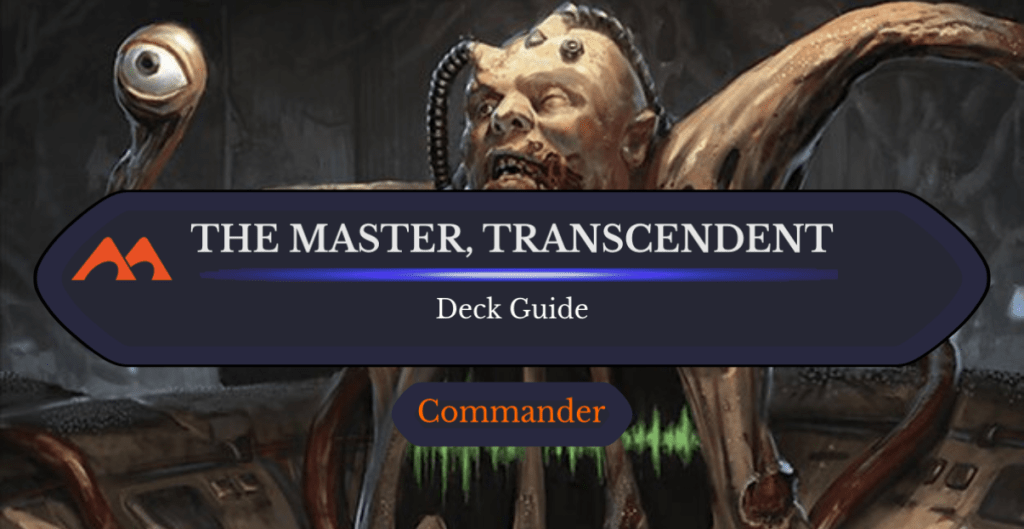
The Master, Transcendent | Illustration by Javier Charro
Fresh from the newest Universes Beyond crossover, we have The Master, Transcendent! Not to be confused with The Master, Multiplied, or any other Masters from the Doctor Who crossover… if I had a nickel, am I right?
Jokes aside, I’m super hyped for The Master, Transcendent! I don’t know much about the lore of Fallout except that the games take place in a dystopic, irradiated America, but I love this character as a Magic card. It topped my ranking of the best Fallout commanders because it balances power and intrigue. A free reanimation ability, even if it reduces the size of your creatures, is well worth examining.
So let’s see what this mutant monster can do!
The Deck
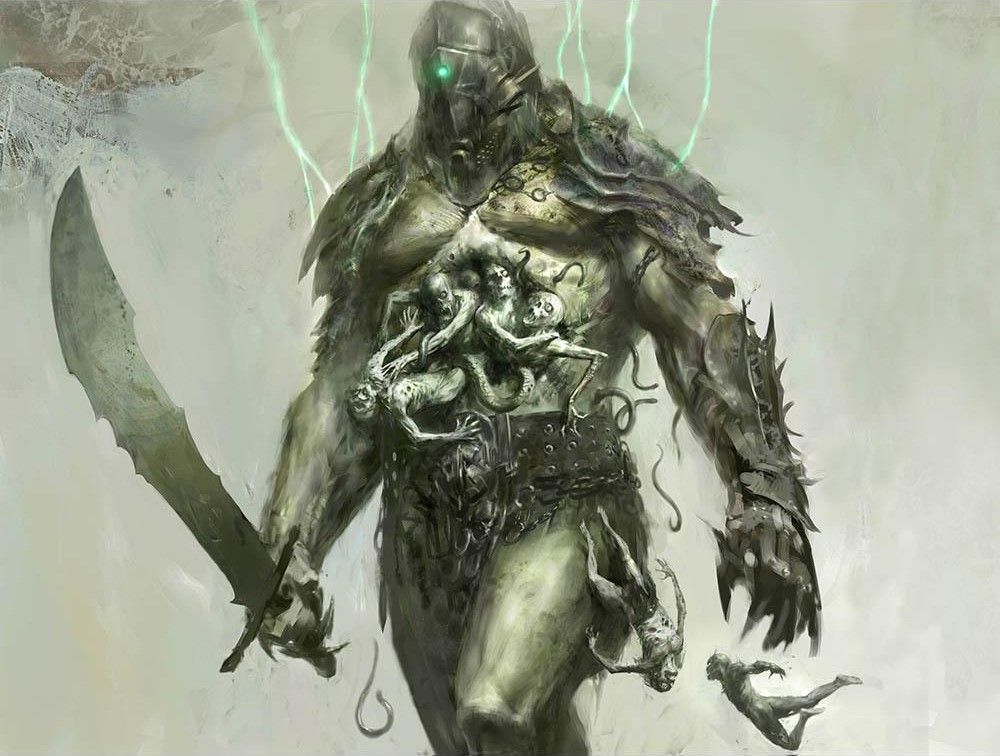
Grave Titan | Illustration by Nils Hamm
Commander (1)
Planeswalkers (2)
Tyvar, Jubilant Brawler
Liliana, Death's Majesty
Creatures (30)
Birds of Paradise
Elves of Deep Shadow
Stitcher's Supplier
Aftermath Analyst
Baleful Strix
Blanchwood Prowler
Dark Confidant
Fallaji Archaeologist
Glowspore Shaman
Skull Prophet
Tangled Florahedron
Eternal Witness
Reclamation Sage
Spark Double
Blossoming Tortoise
Thassa, Deep-Dwelling
Ravenous Chupacabra
Sheoldred, the Apocalypse
Phyrexian Delver
The Scarab God
Yarok, the Desecrated
Consecrated Sphinx
Grave Titan
Rampaging Baloths
Sire of Stagnation
Troll of Khazad-dûm
Sepulchral Primordial
Toxrill, the Corrosive
Archon of Cruelty
Ulamog, the Ceaseless Hunger
Instants (13)
An Offer You Can't Refuse
Entomb
Malakir Rebirth
Swan Song
Arcane Denial
Assassin's Trophy
Bitter Triumph
Counterspell
Cyclonic Rift
Tear Asunder
Ghostly Flicker
Force of Vigor
Snuff Out
Sorceries (11)
Analyze the Pollen
Reanimate
Glimpse the Unthinkable
Nature's Lore
Unmarked Grave
Agadeem's Awakening
Life / Death
Toxic Deluge
Incarnation Technique
Breach the Multiverse
Turntimber Symbiosis
Enchantments (5)
Animate Dead
Chronic Flooding
Court of Cunning
Intruder Alarm
Necromancy
Artifacts (6)
Sol Ring
Mesmeric Orb
Talisman of Curiosity
Talisman of Dominance
Talisman of Resilience
Palantír of Orthanc
Lands (32)
Boseiju, Who Endures
Breeding Pool
City of Brass
Command Tower
Deathcap Glade
Dreamroot Cascade
Forest x2
Island x2
Llanowar Wastes
Misty Rainforest
Morphic Pool
Otawara, Soaring City
Overgrown Tomb
Polluted Delta
Prismatic Vista
Rejuvenating Springs
Shipwreck Marsh
Swamp x5
Takenuma, Abandoned Mire
Tomb Fortress
Underground River
Undergrowth Stadium
Verdant Catacombs
Watery Grave
Yavimaya Coast
Zagoth Triome
We’re playing a pretty strong Sultai reanimation deck this time with a heavy emphasis on self-mill since our commander requires milled cards to work. Like any other reanimation deck, the general goal is to dump fatties like Toxrill, the Corrosive and Consecrated Sphinx into the graveyard, then Reanimate them at a fraction of the price with the archetype’s namesake spell or any number of variants.
Reanimation decks can come out of the gate swinging since they have so many cheap ways to put 6+ mana plays onto the battlefield, but having so many reanimation spells gives the deck a reasonable late game. We can spend the early turns ramping into Sire of Stagnation and friends, then reanimate them each time they die until our opponents are out of removal.
This deck straddles the line between casual and mid-powered, though I’d have to lean toward mid-powered overall. We have incredible bombs. Cards like Consecrated Sphinx and Archon of Cruelty dominate games. Additionally, reanimation strategies are always a little broken because the game plan involves cheating on mana.
The Commander

I’m really high on The Master, Transcendent for two reasons. First, it’s just cool! Having an instant-speed means of reanimation that can hit any graveyard, even if it’s restrictive due to the milled clause, is inherently powerful (0-mana Ulamog, the Ceaseless Hunger anyone?).
Because The Master, Transcendent makes the stats of the creatures you reanimate irrelevant, the deck focuses on creatures with impactful abilities. There’s a strong focus on card draw. I stayed away from anything too stax-y, like Opposition Agent or Collector Ouphe, to keep the list friendlier to casual tables. This commander offers lots of power and flexibility!
Reanimation Targets
This is the main event, what we’re all here for! We’ll reanimate anything with our commander or the deck’s other reanimation spells, but these creatures are the big-ticket items. These will dominate and hopefully win some games.
Consecrated Sphinx and Sire of Stagnation fill our hand with cards. Over-drawing can be useful in reanimation strategies to discard fat later in the game, but seeing twice as many cards as your opponents tends to win games regardless of your strategy.

Toxrill, the Corrosive is among the most feared black bombs. This slug dismantles token decks, swarms the board, and gives you a card draw outlet. Green decks especially hate this guy.
Grave Titan and Rampaging Baloths might not be in their prime anymore, but these armies-in-a-can win quickly or force your opponents to deploy their board wipes with minimal investment.
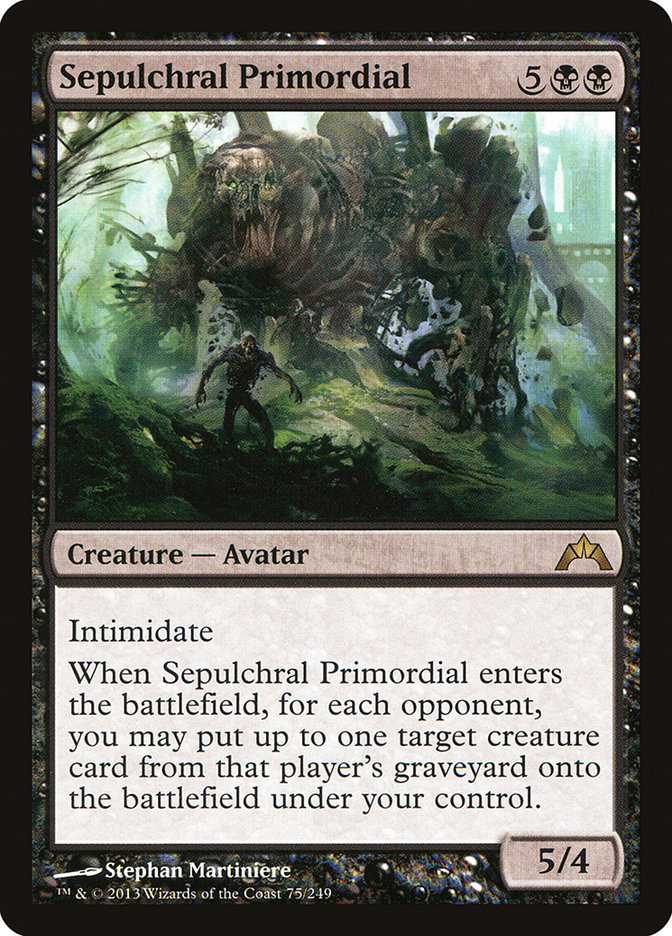
Why reanimate one creature when you could get four? Sepulchral Primordial works best in the later turns when everybody’s lost some creatures.
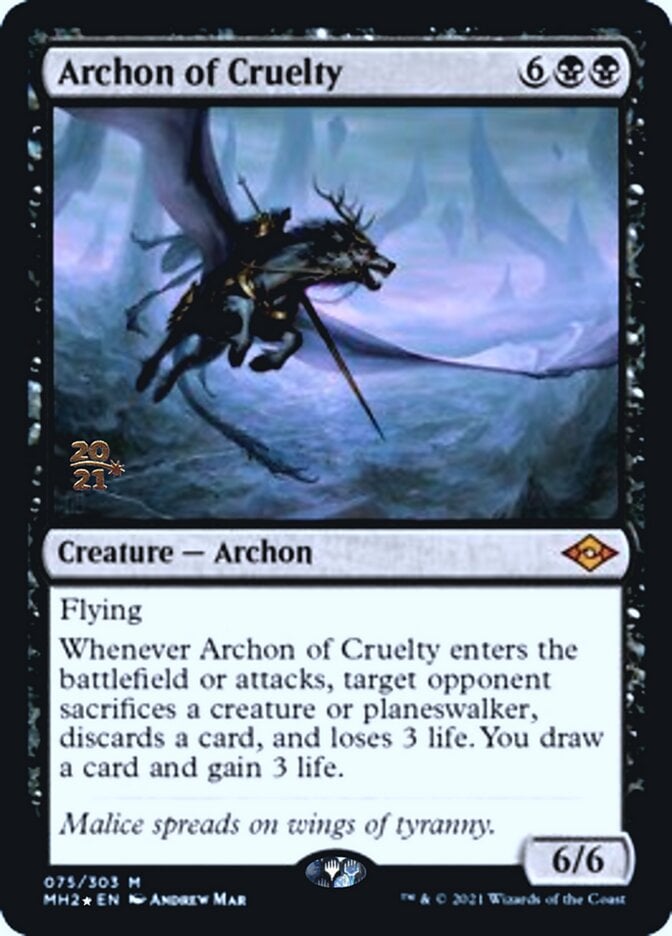
Archon of Cruelty has proven to be one of the best creatures to cheat into play in Modern and Cube. It’s just as strong in Commander. 3/3 or 6/6, this will secure lots of card-advantage-based victories.

You generally want to use a non-The Master, Transcendent method to reanimate Ulamog, the Ceaseless Hunger, but it’s nearly as effective as an indestructible 3/3 as it is a 10/10. It just bounces off opposing creatures more often. Not that it matters when they get milled out.
Reanimation Spells
Having The Master, Transcendent reanimate creatures is all well and good, but redundancy is key for a consistent deck and to prevent us from just losing if our commander gets countered or killed each time we play it.
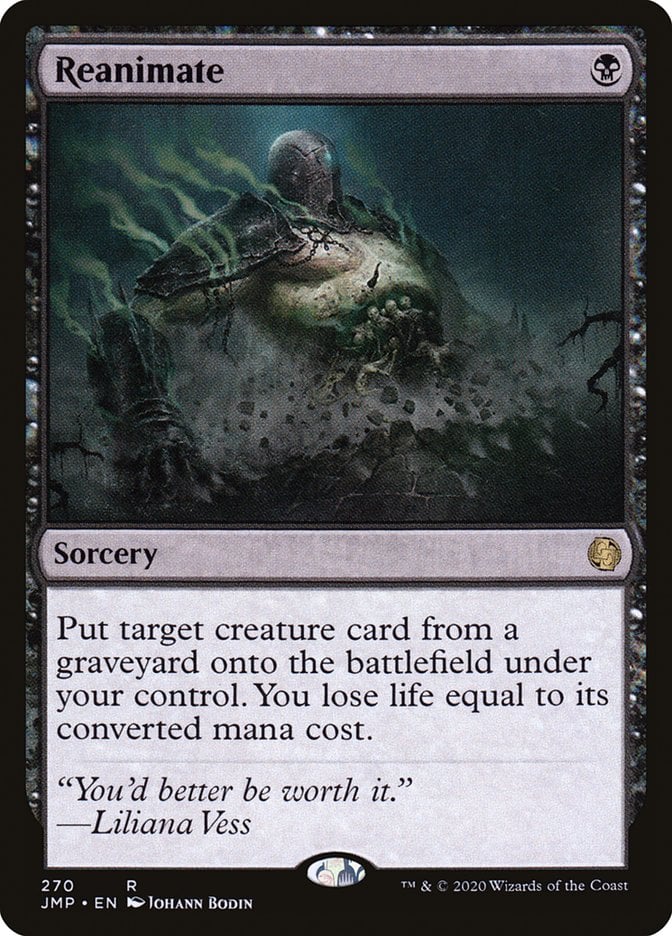
Reanimate is the namesake, the best, and frankly, a card more non-reanimator decks should run. Randomly drawing the best creature that’s hit the bin in a game is a fantastic midrange tool.
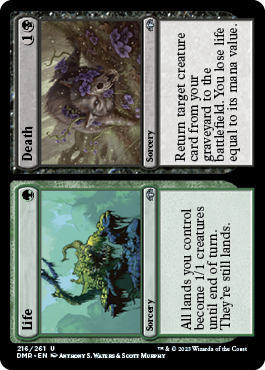
Life / Death is technically a split card but it’s in this list as a 2-mana Reanimate, though Life has potential in grindy games.
Animate Dead and Necromancy complete our suite of cheap reanimation spells as several more iconic reanimation cards with the efficiency you can’t beat.

Incarnation Technique ups the mana value, but it’s well worth it. You always want to demonstrate this; getting two creatures for 5 mana often ends up mana positive. It often reanimates three creatures since milling 10 cards should leave something for The Master, Transcendent to hit.
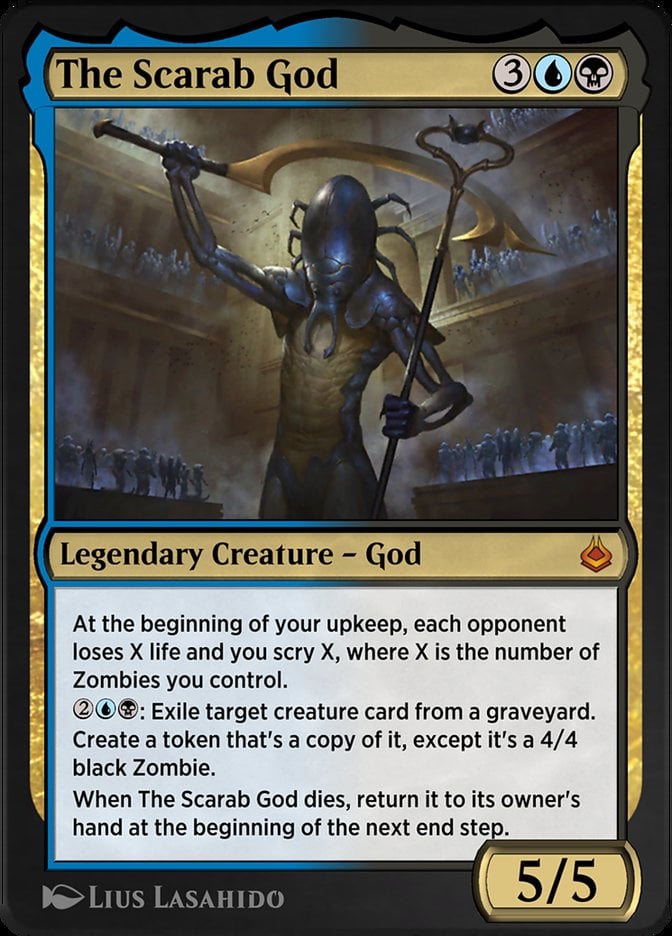
The Scarab God wavers between reanimation spell and reanimation target, which is an excellent space to occupy. This card can be tricky with our commander since both creatures need to exile their targets to produce tokens. If you’ve got the mana to spare, I favor using The Scarab God for a larger token and more synergy.
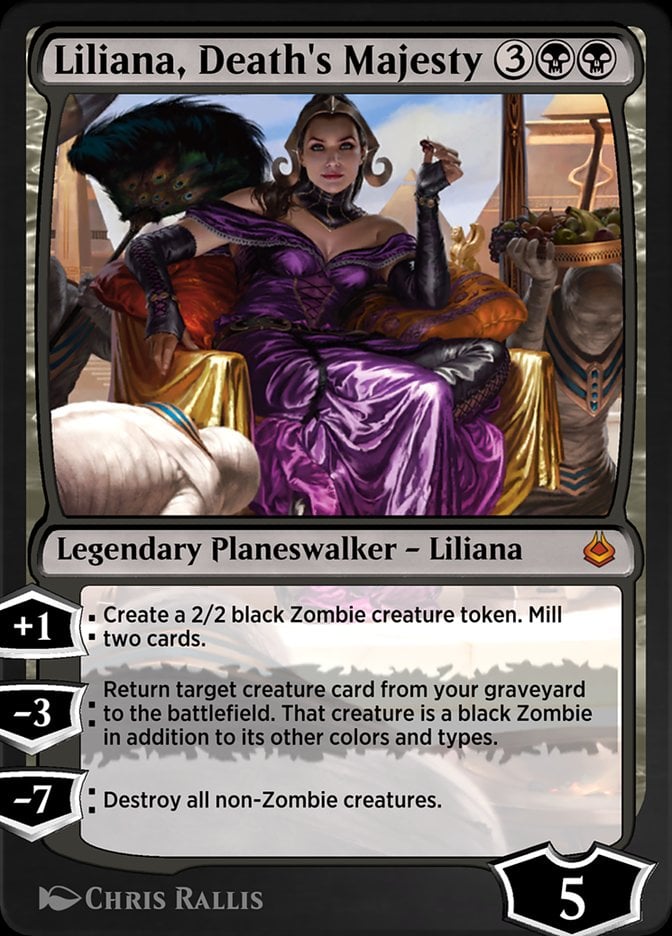
Liliana, Death's Majesty also occupies two roles. It’s both a reanimation spell and a self-mill effect, though it’s better at the former than the latter. The ultimate can be useful, but won’t matter often.

Phyrexian Delver is a solid 2-for-1 and an incredible card to reanimate with The Master, Transcendent because the ETB ability can reanimate a second creature that wasn’t milled that turn or that you don’t want to shrink.

Breach the Multiverse provides an uber reanimation spell. Not only do we snag four incredible creatures or planeswalkers, but our commander also grabs a fifth creature. This is one of our swingiest finishers.
Self-Mill
The Master, Transcendent specifically requires its reanimation targets to get milled, so this deck focuses on self-mill to fill the graveyard. We still have Entomb and Unmarked Grave as tutors, but The Master can’t reanimate cards put into the graveyard with those effects.
Fallaji Archaeologist and Blanchwood Prowler are fantastic role-players in the deck. Cheap creatures that mill a few cards and often replace themselves are fine. Stitcher's Supplier is another cheap self-mill creature.
Glowspore Shaman and Skull Prophet provide self-mill while interacting with our mana base. Hitting land drops with so many expensive spells matter, as does ramp.
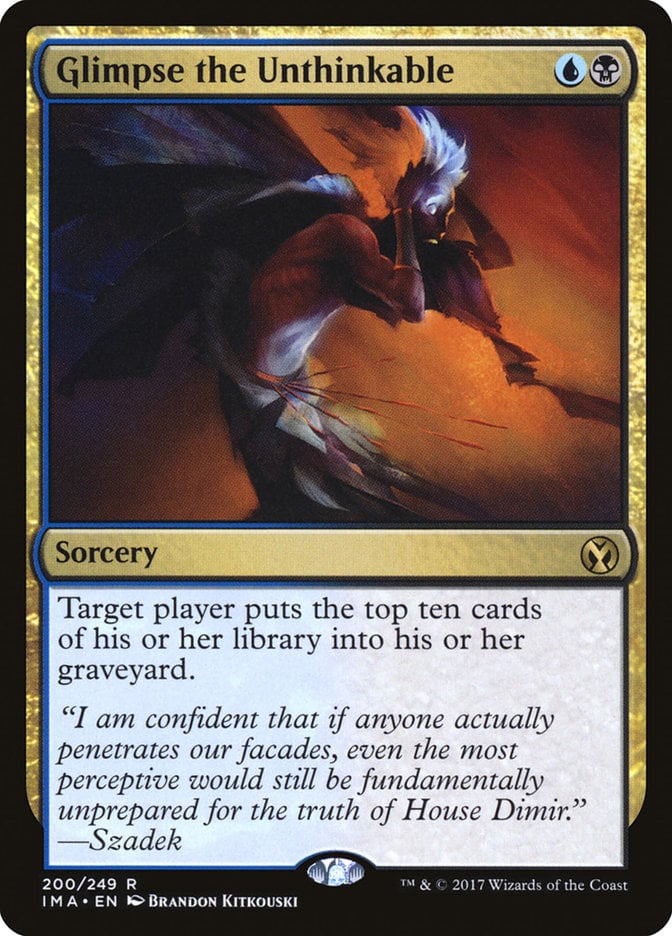
Glimpse the Unthinkable is a super self-mill spell. It’s best to hold this until you have a reanimation effect. Don’t overlook targeting an opponent who gets greedy with their self-mill or card draw!
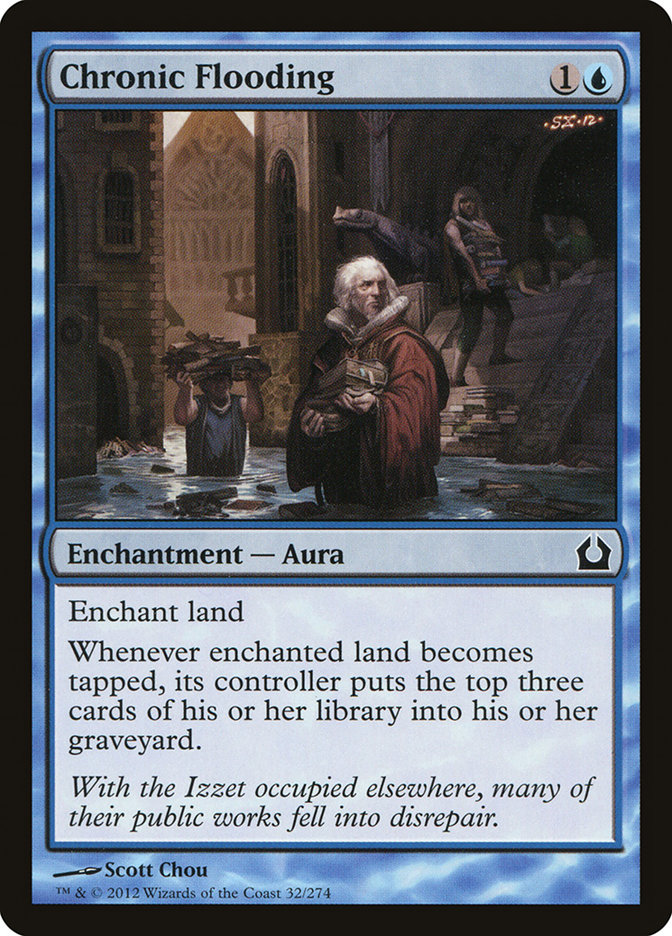
Chronic Flooding provides steady self-mill each turn. You almost always want to enchant one of your own lands; your basic lands are best to avoid land destruction like Demolition Field.
Aftermath Analyst and Blossoming Tortoise provide bursts of self-mill and convert the lands in your graveyard into ramp. The turtle is especially powerful as a consistent source of self-mill.
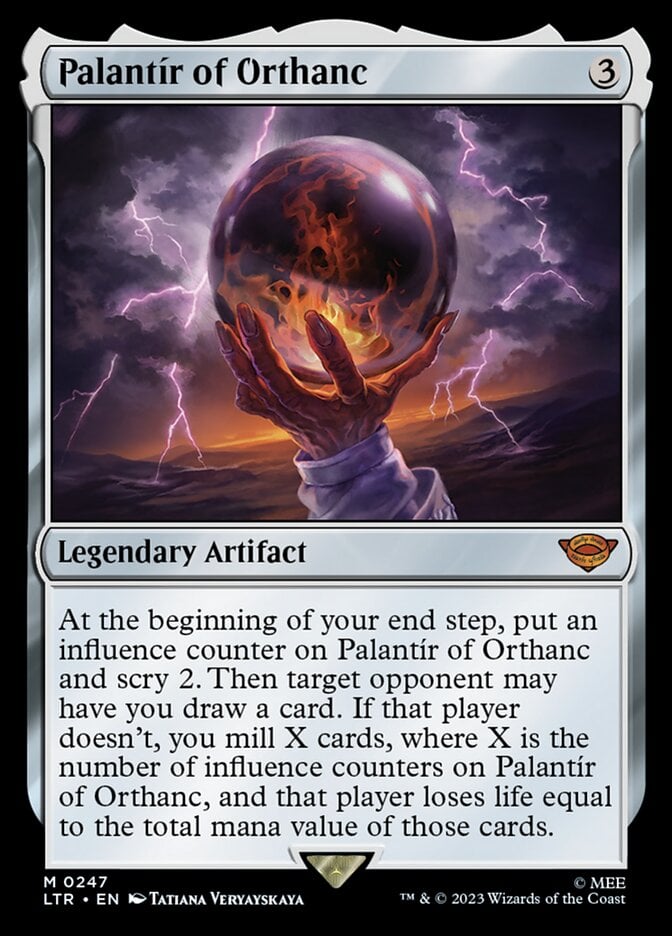
Palantír of Orthanc is slow but provides plenty of card advantage to your hand or graveyard. You can expect your opponents to mill themselves for a bit until they hit something like Ulamog, the Ceaseless Hunger. A personal Howling Mine or source of mill are great options for this deck.
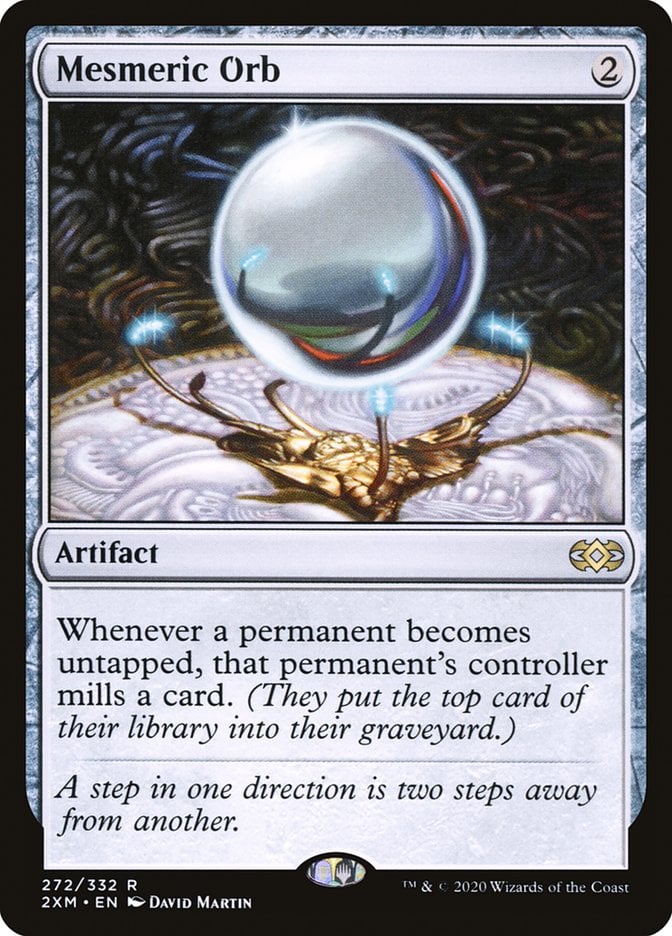
Mesmeric Orb is one of the format's strongest self-mill enablers. For a mere 2 mana, you get to dump 4+ cards into the bin each turn. It’s also quite useful with our commander; The Master, Transcendent can target milled creatures in any graveyard, so we can benefit from our opponents' milling.
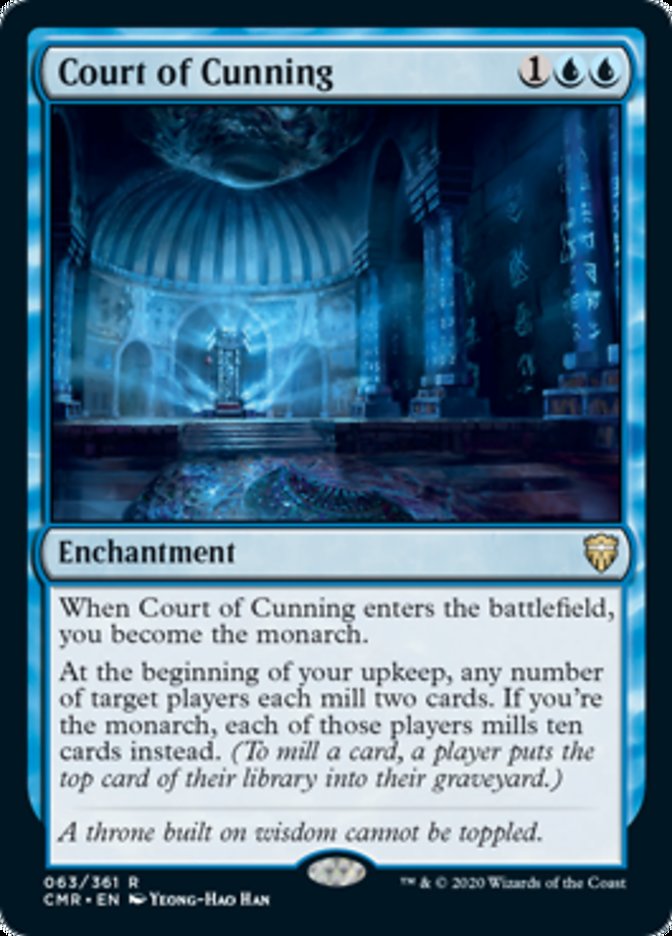
Court of Cunning is just as impactful, if more fragile since its potency relies on your ability to retain the monarchy. But we have more than enough cheap creatures (and ways to cheat them into play) to defend the crown. You want to target all four players to give our commander the most options possible.
Support Pieces
These cards generally support The Master, Transcendent without falling into the previous categories or the following category of Sultai staples. These are mostly ETB-related, with a few miscellaneous pieces.
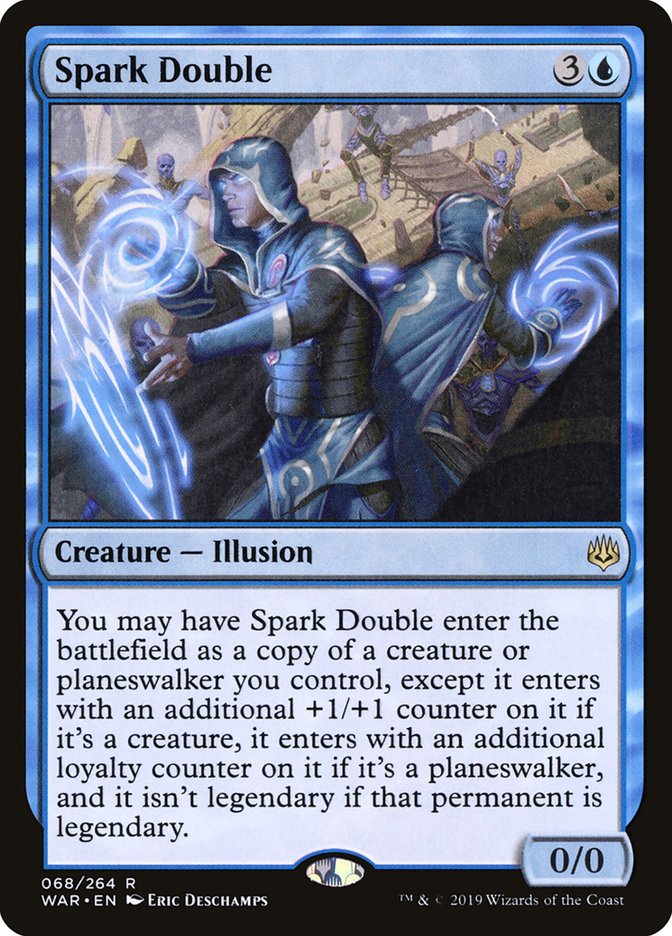
Spark Double is a great roleplayer in decks like this. It doubles up on our best ETB creature and can duplicate our commander, so our opponents need more than one piece of removal to disrupt our value engine.
Since The Master, Transcendent returns the creature to play as a 3/3, flicker effects can reset it to get those juicy ETB triggers again and return its stats to full value. Ghostly Flicker lets us do this whenever we’d like while doubling as a protection piece; Thassa, Deep-Dwelling provides long-term gains.
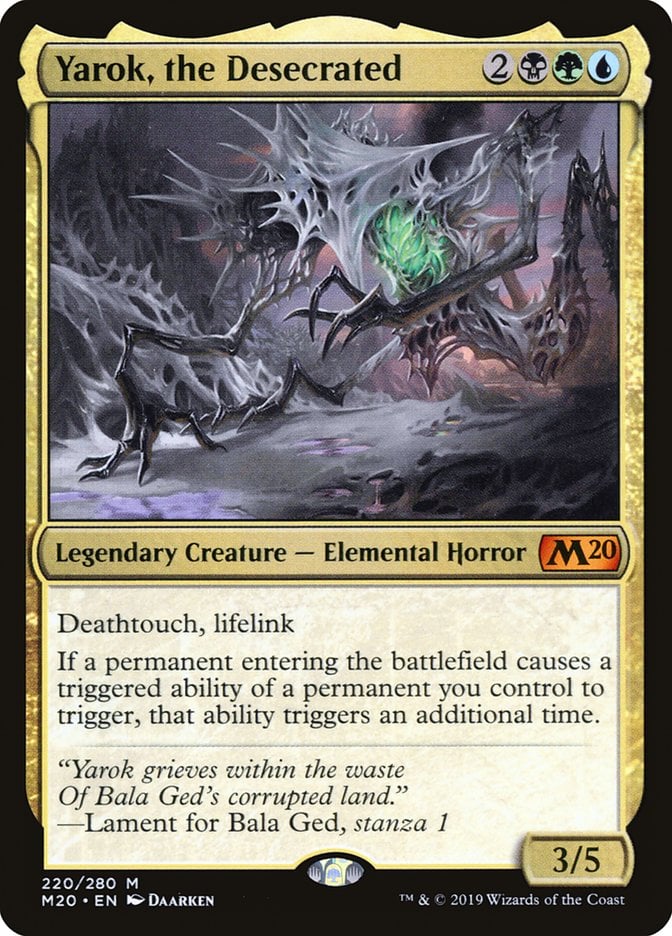
Finally, Yarok, the Desecrated, makes for a powerful synergy piece in any deck with so many ETBs. Not only do we reap the rewards of extra payoff triggers, but many of our self-mill cards also trigger on ETB, making it even easier to fuel The Master, Transcendent.
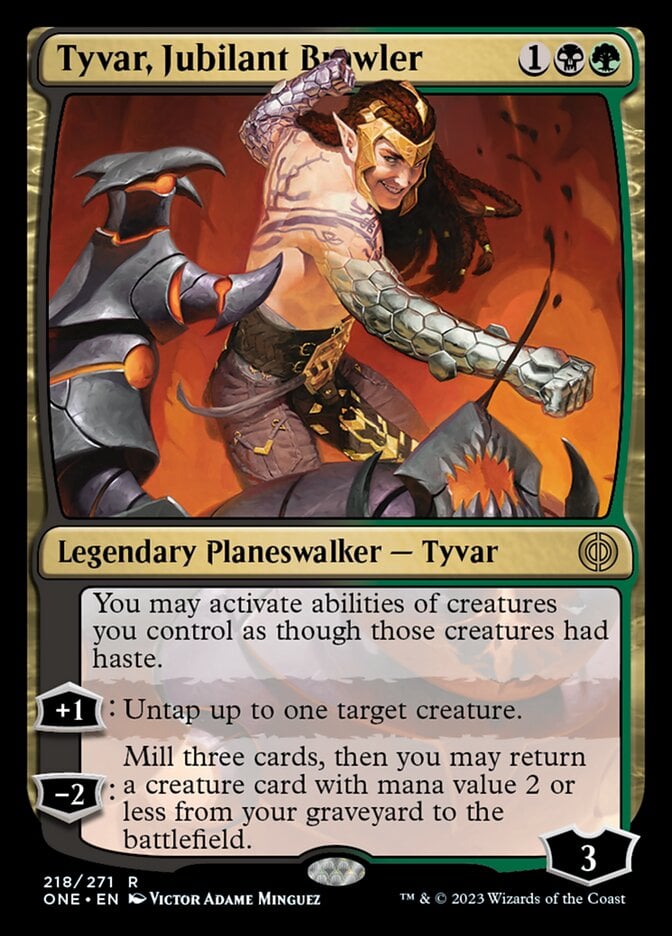
Tyvar, Jubilant Brawler supports any commanders with activated abilities thanks to its static, but it’s really good here. If we don’t have any other means of self-mill, we can activate Tyvar’s minus ability to get things going with our commander. If we do, the uptick allows us to activate The Master twice.
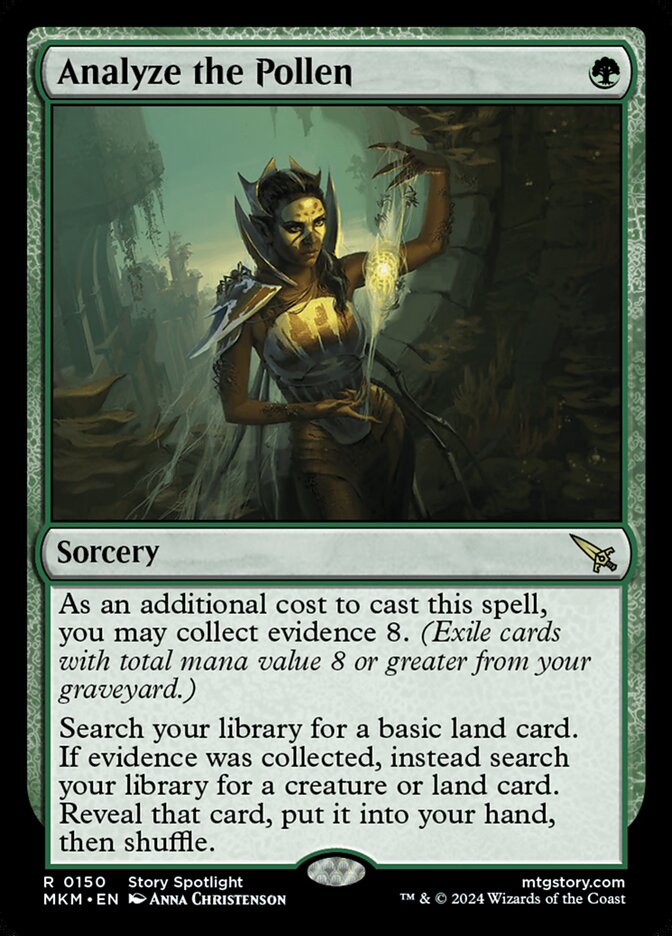
Analyze the Pollen is a nifty Lay of the Land variant. I enjoy these as a kind of MDFC that functions like an early tapped land and late-game spell. Our self-mill plan leaves plenty of evidence to collect so getting to tutor creatures like Ulamog, the Ceaseless Hunger and Ravenous Chupacabra to remove problematic permanents works well.
Sultai Staples
This is a catch-all category primarily meant to highlight card advantage and interaction. These cards are the glue holding the deck together, providing necessary and powerful effects that most decks in Sultai colors try to take advantage of, at least in part.
Tear Asunder is one of my favorite artifact/enchantment destruction cards. Well, exile. Exiling is a great way to deal with indestructible or recursion. The kicker cost makes this a highly flexible piece of interaction. Flexibility is the primary justification for Assassin's Trophy.

Pitch spells like Force of Vigor are typically balanced by being inherit 2-for-1s, but this card easily breaks even with all the benefits of being free; plus, hard-casting this results in an actual 2-for-1.
Our anti-artifact suite finishes with Reclamation Sage. It’s always a classic, especially in a deck with so many ways to get it back into play. Ravenous Chupacabra fulfills a similar role for creatures.
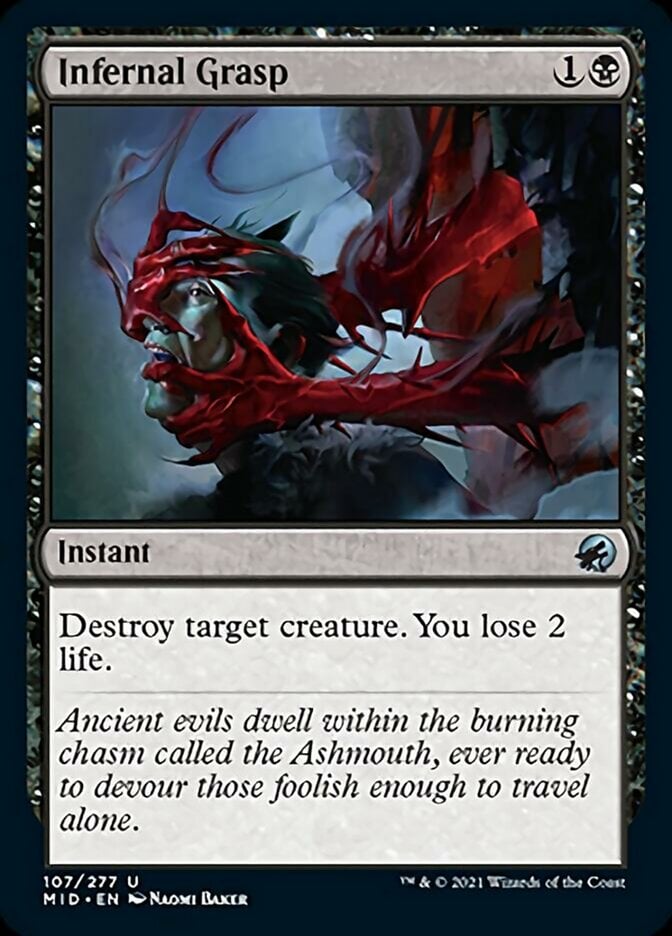
Infernal Grasp sees play in tons of black decks, but we’re playing Bitter Triumph instead. The difference between paying 2 life or 3 is nearly inconsequential in Commander, and the ability to hit planeswalkers massively improves the spell. Plus, all those reanimation spells let us use the discard ability.

Snuff Out is our last removal spell. There’s nothing fancy about it; it’s just free and far less expensive and easier to turn on than Deadly Rollick.
No blue deck is complete without countermagic. In addition to the classic Counterspell, Arcane Denial, Swan Song, and An Offer You Can't Refuse protect our pieces.
I can’t think of a green deck I wouldn’t run Eternal Witness in. Getting so many options for cards to recur makes it even better than it traditionally is. I feel similarly about Toxic Deluge and black decks.
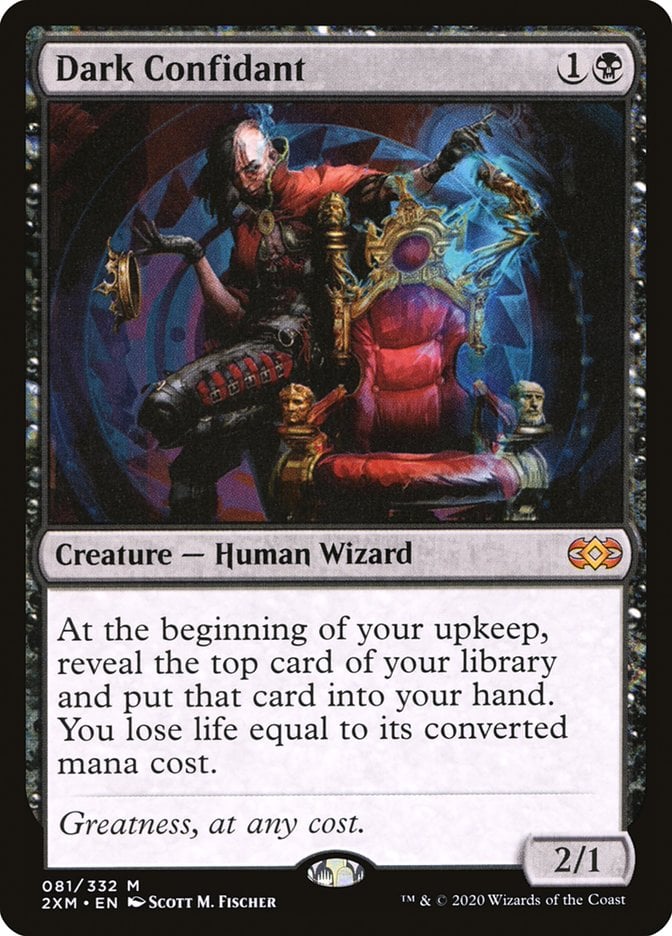
Is running Dark Confidant in a deck with so many 5+ mana value cards greedy? Yes. Did I play it anyway? Of course.
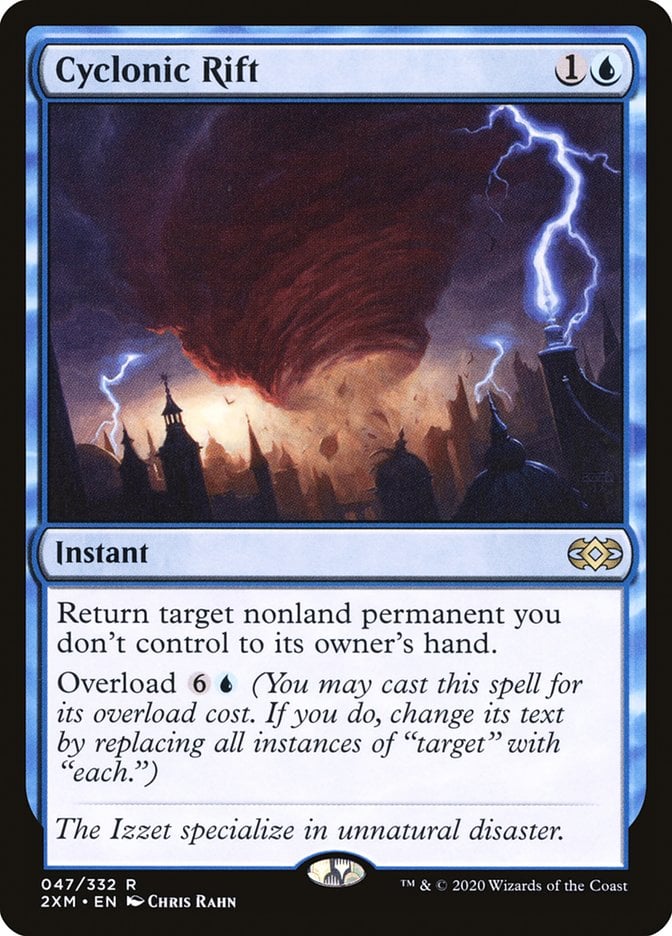
Cyclonic Rift might be the best-known interactive spell in EDH; at the very least, it’s up there with cards like Swords to Plowshares and Lightning Bolt. It’s just an all-star card, providing an early interactive spell or a late-game win condition.
The Mana Base
Let’s start with the basics: We have all the on-color Talismans, a Nature's Lore, and some mana dorks, including Birds of Paradise and Elves of Deep Shadow (an all-star for fixing our mana). These, plus Analyze the Pollen and Troll of Khazad-dûm, are the only non-land elements of our mana base.
We have some spice once we get to the lands. First are the omnipresent MDFC lands from Zendikar Rising. The flexibility of having cards that can be lands or spells does a lot to smooth our opening hands and stave off flooding. Turntimber Symbiosis and Agadeem's Awakening are among the best as they can come into play untapped, but that doesn’t mean Tangled Florahedron and Malakir Rebirth don’t pull a lot of weight.
I can’t leave home without Kamigawa: Neon Dynasty’s channel lands. Boseiju, Who Endures and Otawara, Soaring City both add interactive elements to our mana base. Takenuma, Abandoned Mire doesn’t just draw a card but synergizes with our game plan (though I’d justrun it in any black deck).
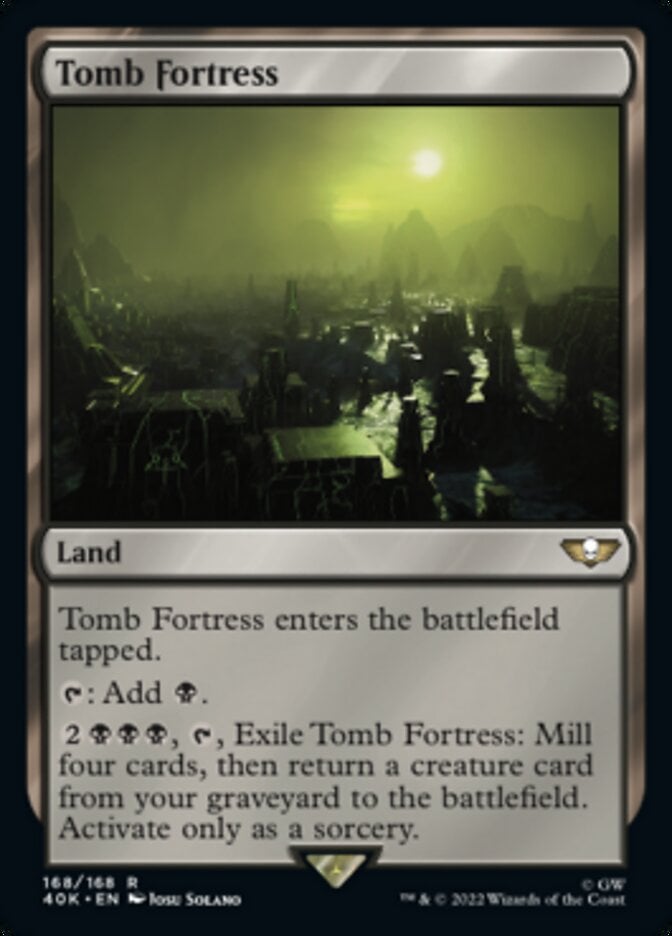
Tomb Fortress provides solid value. It’s a mill card that reanimates a creature! Though this can mill its target, it’s best to hold off on activating the ability until you have something worth reanimating.
Beyond these cards, the mana base focuses on fixing. We have a bundle of tri-lands, including Zagoth Triome and City of Brass, fetch lands, and a bunch of cards that those fetches can get. Our basics are weighed heavily towards Swamps; this is a black deck splashing green and blue.
The Strategy
The most important elements to see in your opening hand are a source of self-mill and some ramp. Having a complete self-mill + reanimate spell package is nice, but The Master, Transcendent ensures we always have a reanimation source at our disposal.
Because of this, effects that allow us to mill cards to fuel The Master or a ramp spell that lets us play it or other threats faster take precedence. This deck can get out of the gates quickly without ramp thanks to the deep reanimator package.
Expect to play a longer game. We honestly thrive in such an environment. All these reanimation effects give us a pretty grindy game plan so long as our graveyard remains untouched, even if our opponents have a bevy of wraths.
One thing to be mindful of is starting too quickly. It’s easy to land Consecrated Sphinx or something on turn 2 or 3, but make sure you have some form of follow-up, whether that’s countermagic to protect the card or additional reanimation effects. If you throw one of these out, the table may kill it and designate you the archenemy, even if that early Sphinx was all you had.
Another thing to keep an eye out for is a potential mill win. This is by no means a dedicated mill deck, but if you get some combination of Court of Cunning, Mesmeric Orb, and Ulamog, the Ceaseless Hunger together, stalling the game until you empty an opposing library or two is a legitimate strategy.
Combos and Interactions
This deck doesn’t have any infinite loops but some of these cards work incredibly well together, specifically with The Master, Transcendent.
The Master, Transcendent + Intruder Alarm
While Intruder Alarm commonly enables nasty infinite loops, this deck uses it fairly. The combo is simple: Tap our commander, make a token, untap our commander. This allows us to return all creatures milled in a turn. It pairs best with Mesmeric Orb and Court of Cunning.
This combination is pretty basic. Grave Titan spews Zombie tokens; The Scarab God drains our opponents with them. It’s a great one-two punch to build towards in a board stall.
Rampaging Baloths + Aftermath Analyst
This nifty little combination creates a surprisingly lethal board state. It’s another simple one: Activate Aftermath Analyst to dump tons of lands into play for Rampaging Baloths to make a bestial army.
The key here is that the Analyst’s ability can be activated at instant speed. This lets you make your army the end step before your turn, effectively giving them haste and skirting sorcery-speed board wipes. Your opponents might not see this win coming!
Just to clarify a rules interaction, The Master, Transcendent can only target cards that were milled, which doesn’t include effects like Entomb or anything that was surveilled to a graveyard. The target has to have been put into a graveyard with an effect that specifically uses the word “mill.”
Rule 0 Violations Check
This might be too strong for some casual tables; after all, cards like Consecrated Sphinx provide card advantage well beyond their costs. Reanimation strategies are also inherently broken since they cheat on mana. Because of that, some casual tables might not like this deck; that said, no individual cards stand out as real violations. The issue here is more the general strategy.
Budget Options
The first and easiest place to make budget cuts in any deck is the mana base; it’s often the most expensive part of the deck. Replacing this deck's fetches, shocks, trilands, and channel lands with tapped lands or basics saves tons of money, even if it becomes slower and less consistent.
Reanimate, Necromancy, and Animate Dead all cost $5-$10 (though prices have fallen thanks to Murders at Karlov Manor’s precon reprints). You can look for higher mana value reanimation options like Obsessive Stitcher and From the Catacombs—which incidentally make the deck slower and thus more casual-friendly.
Sheoldred, the Apocalypse is the most expensive individual card in the deck. Notion Thief or Narset, Parter of Veils are excellent options to impair opposing card draw.
Ulamog, the Ceaseless Hunger provides the deck with one immense creature; other options include It That Betrays or Cityscape Leveler.
Consecrated Sphinx is incredible. I’d typically recommend Sire of Stagnation as an alternative, but we already have that; I consider Nezahal, Primal Tide the third entry in “expensive creatures that draw tons of cards from your opponents’ basic game actions.”
Cyclonic Rift seems to cost $30 no matter how much it gets reprinted. Any black wrath works in this spot; Languish looks quite appealing since most of our reanimation targets survive it.
Force of Vigor can be any number of Nature's Claim variants, or even the original.
Other Builds
You can do a few other things with The Master, Transcendent. You could lean away from the dedicated reanimator shell to focus on a more general midrange strategy with The Master functioning as a grindy element. Some of Sultai's disruptive creatures, like Collector Ouphe, Dauthi Voidwalker, and Opposition Agent would be at home in that shell.
This deck could also become much, much stronger. My initial version of the deck was a high-powered list that started with the combo of Hermit Druid + Thassa's Oracle to mill our entire deck, then using the commander to reanimate Thoracle. The deck has several other graveyard-centric combos, including some around Necrotic Ooze. I wasn’t happy with any configuration of the list. However, I think there’s a much stronger version of this deck out there that I didn’t uncover!
Commander Conclusion
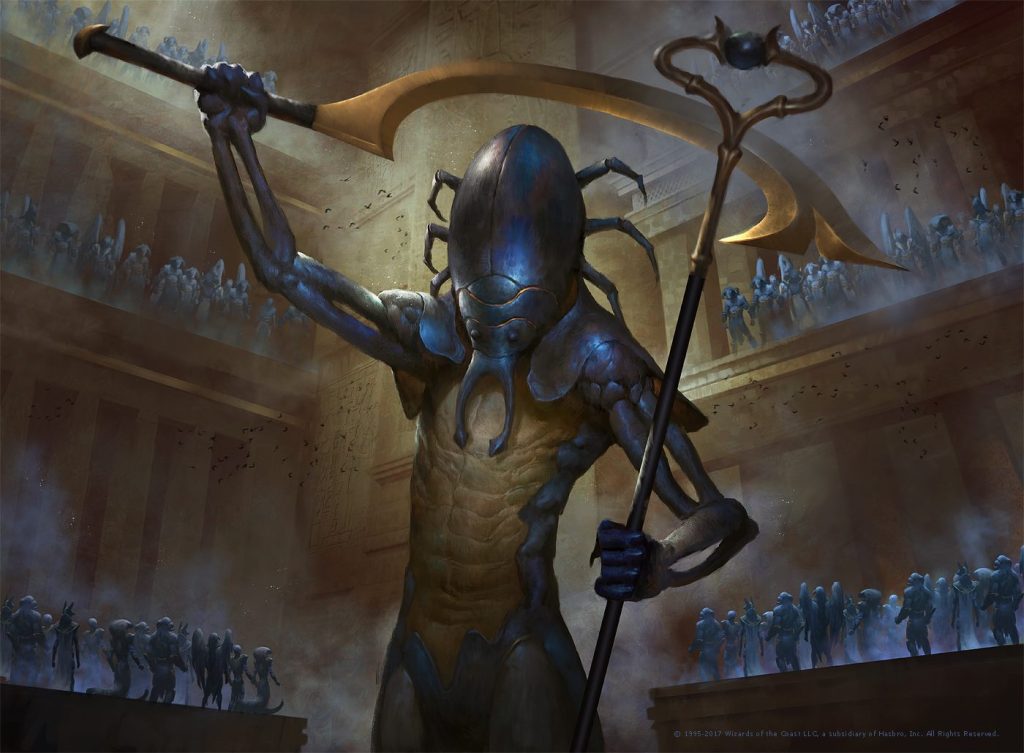
The Scarab God | Illustration by Lius Lasahido
Even though I’ve built this deck around The Master, Transcendent, I feel like there’s a ton more you can do with it. I stand behind thinking it’s one of the best commanders from PIP, and can’t wait to play with it more and explore other builds.
What’s your favorite commander from the Fallout crossover? How would you build The Master, Transcendent, and do you have any tips for that high-powered version? Let me know in the comments below or on the Draftsim Discord!
Stay safe, and thanks for reading!
Follow Draftsim for awesome articles and set updates:
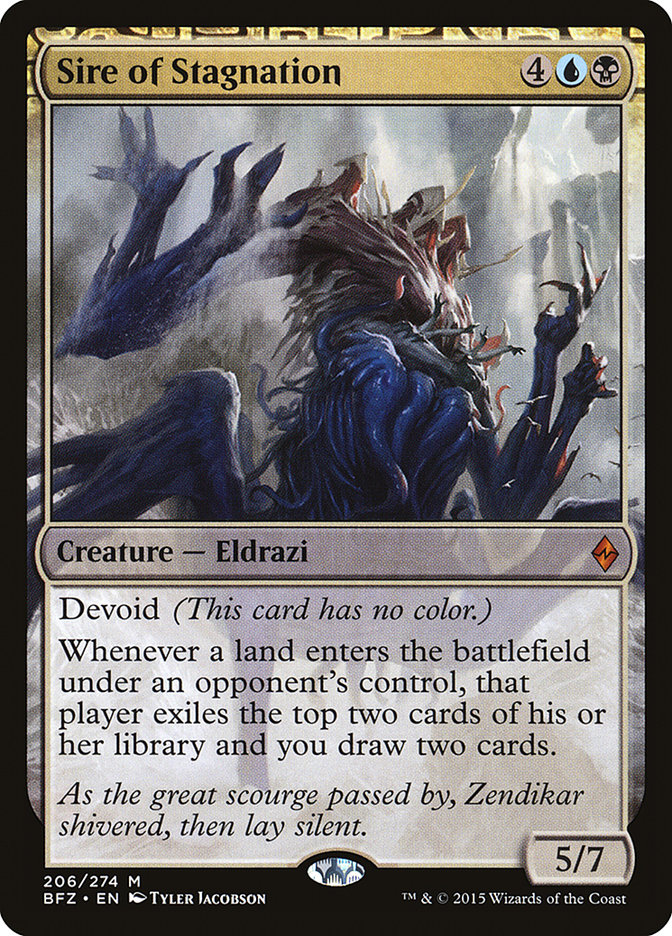
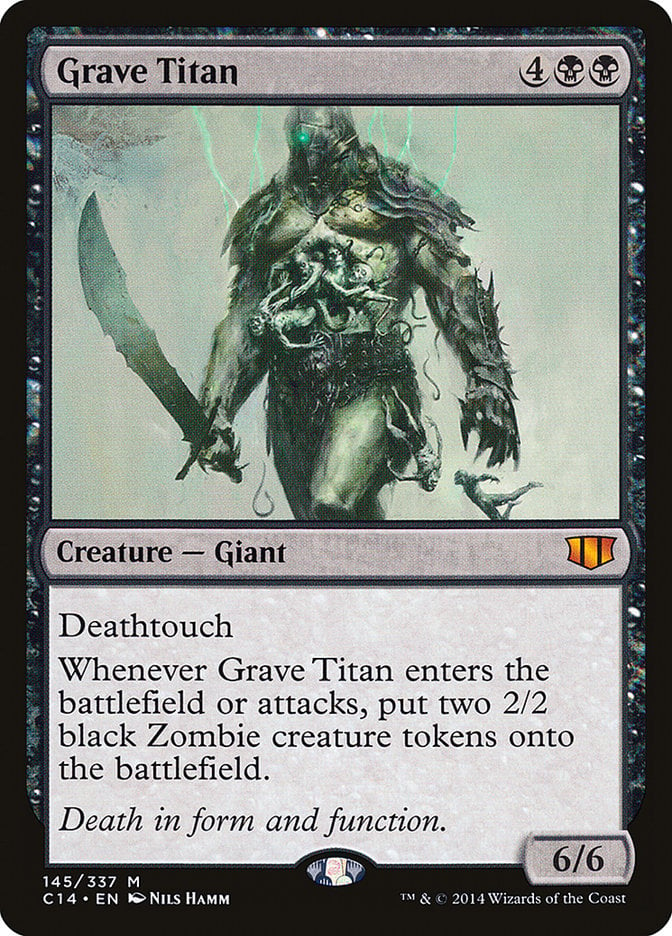
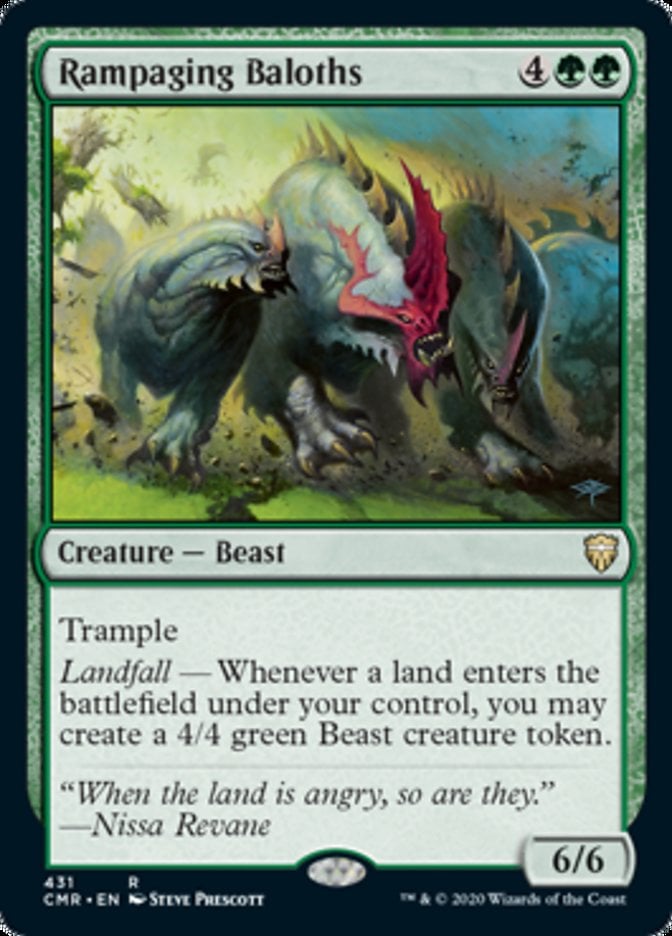
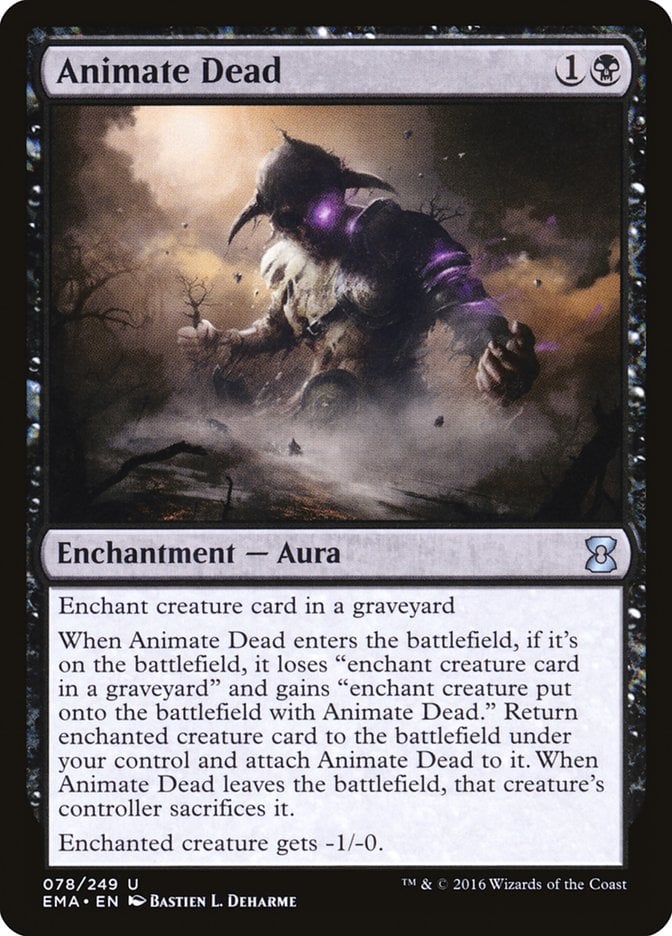
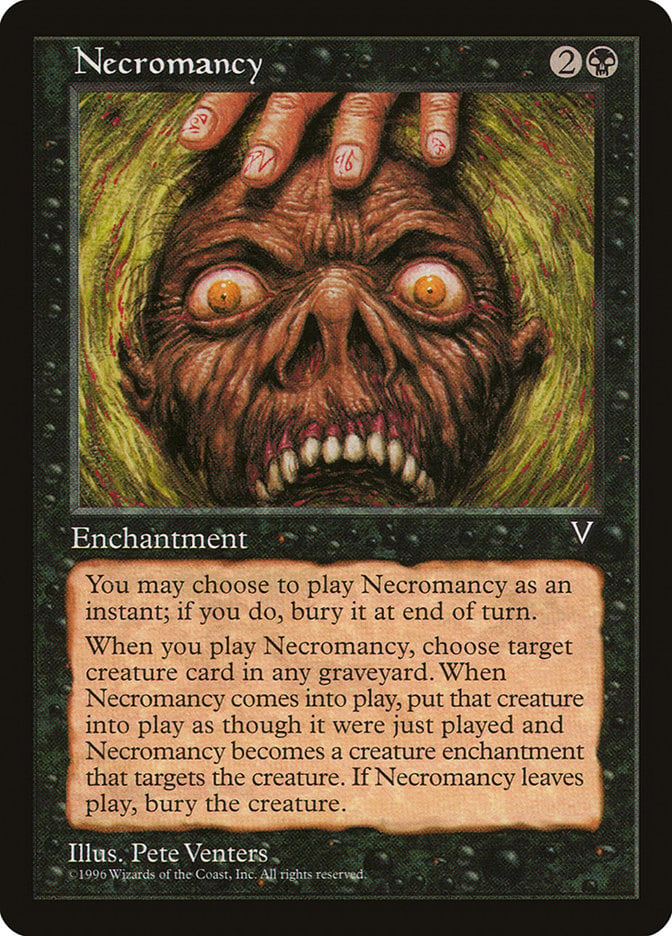
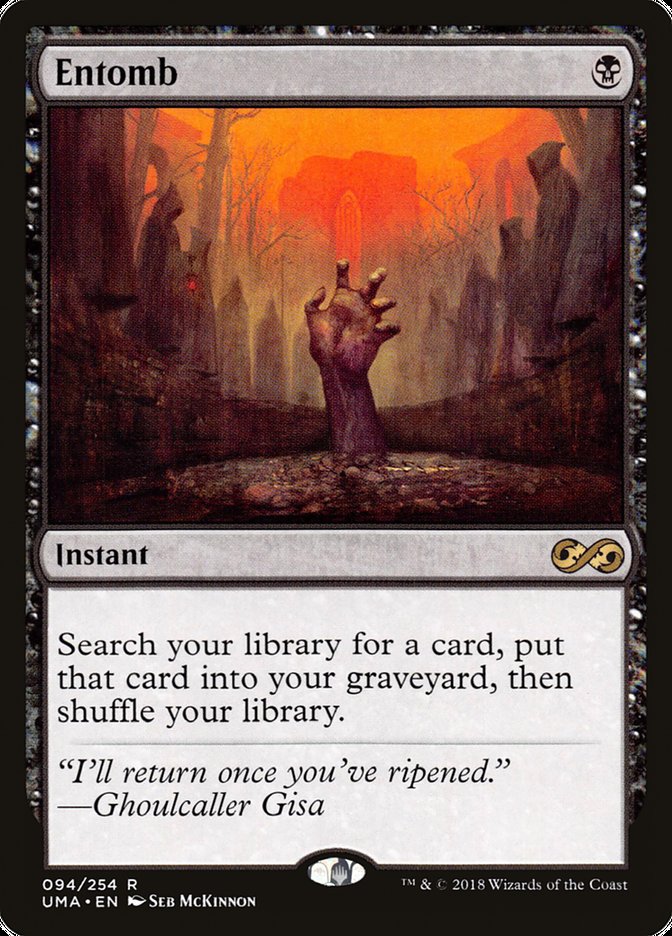
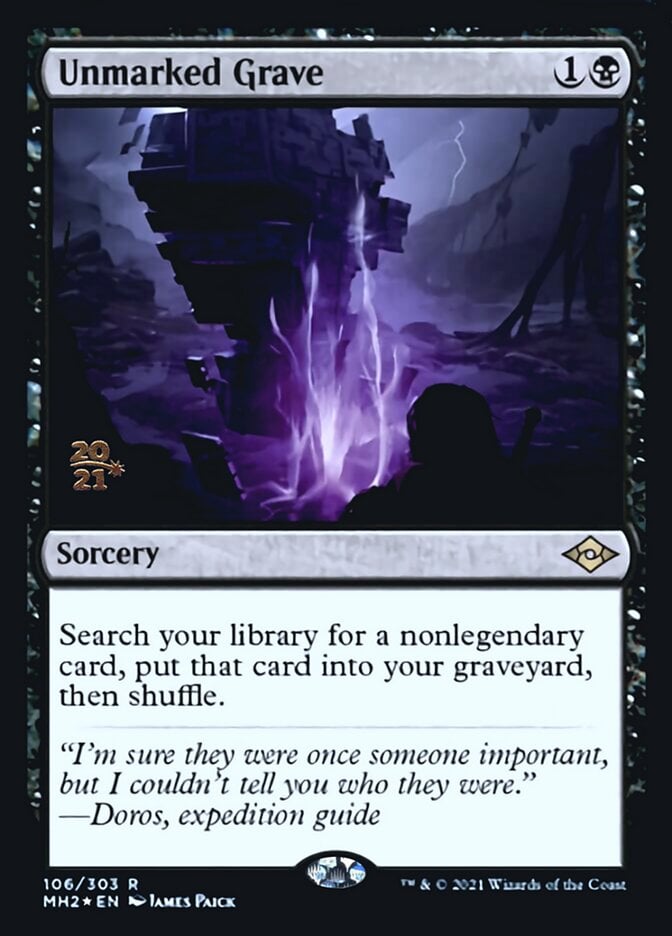
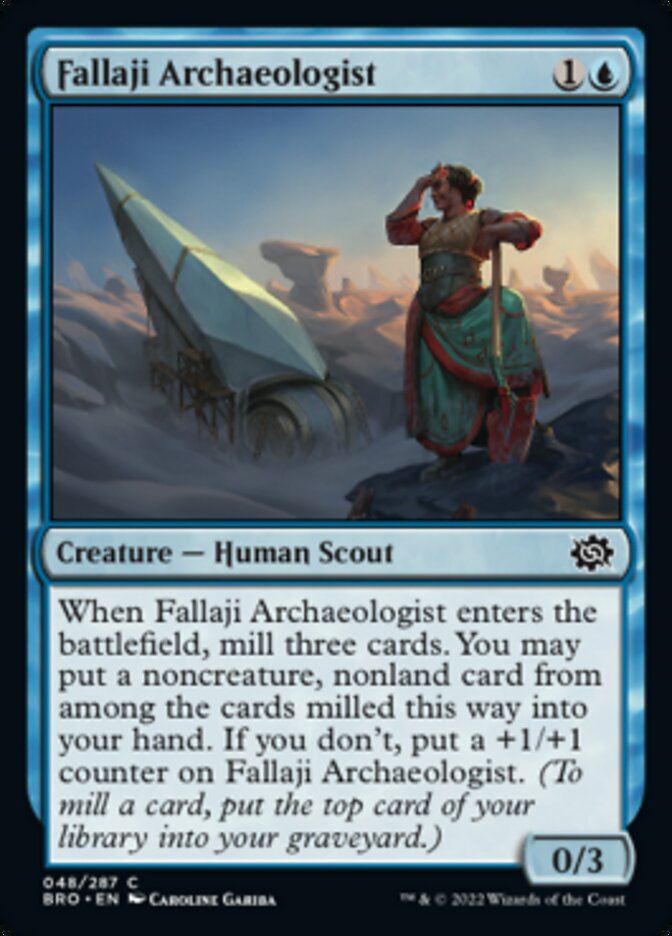

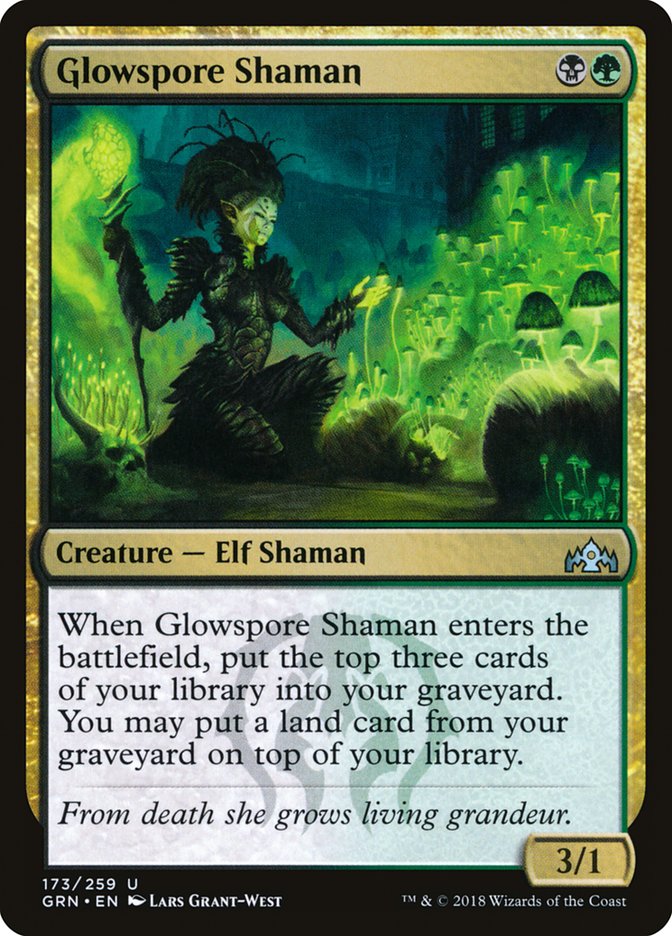
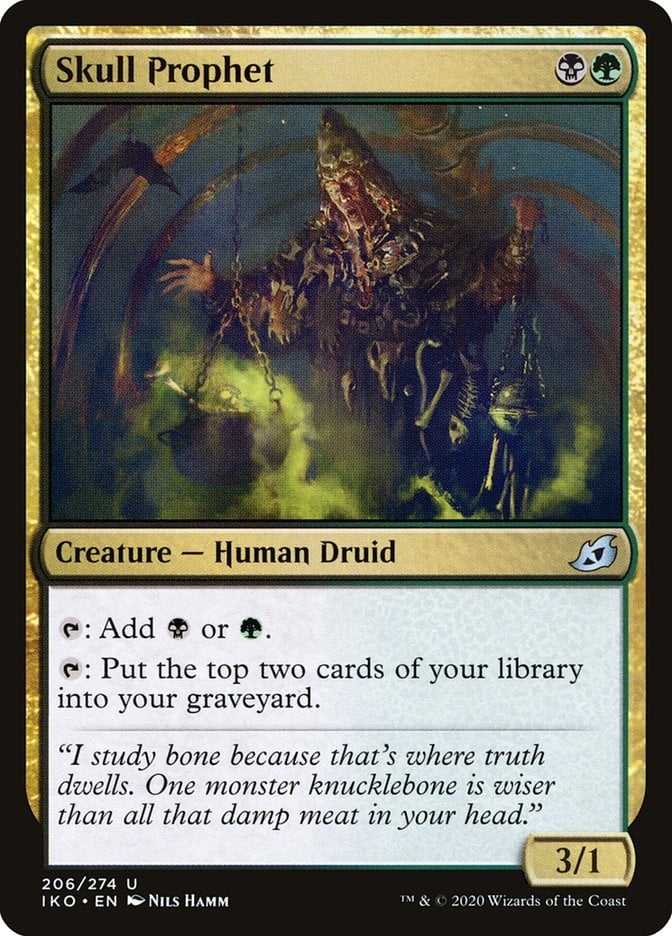
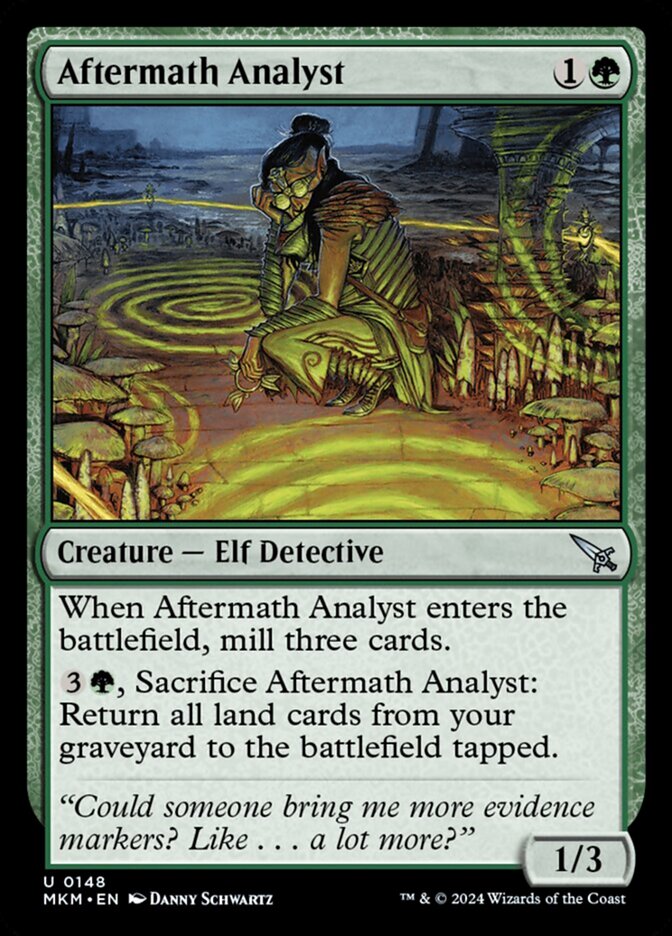
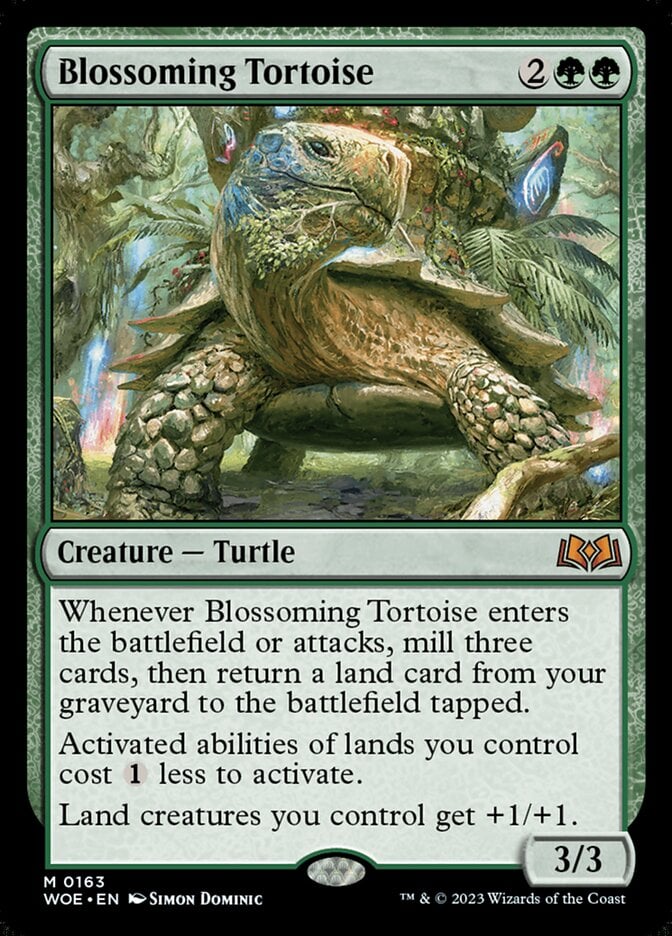


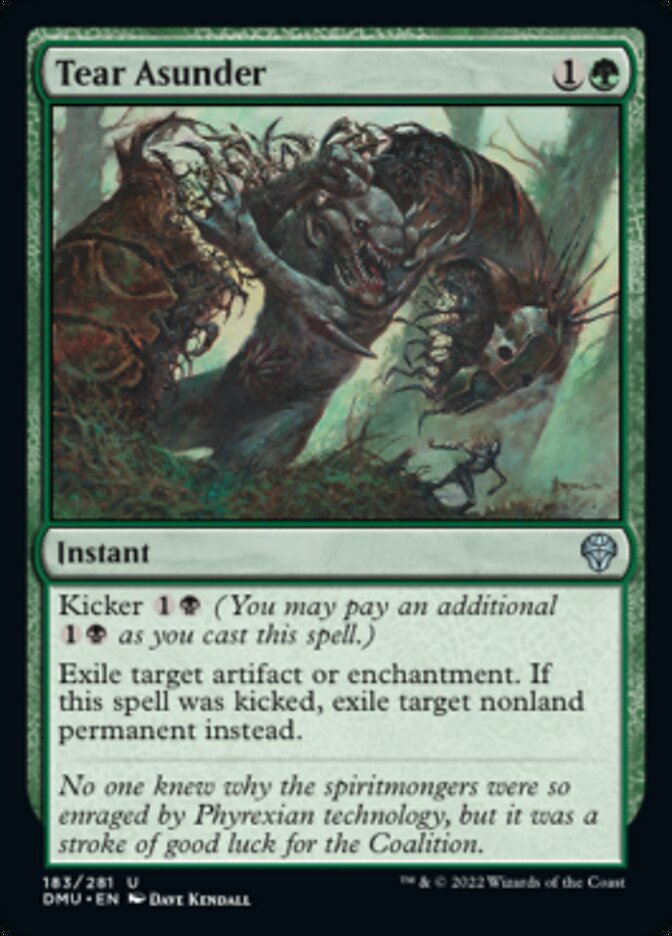
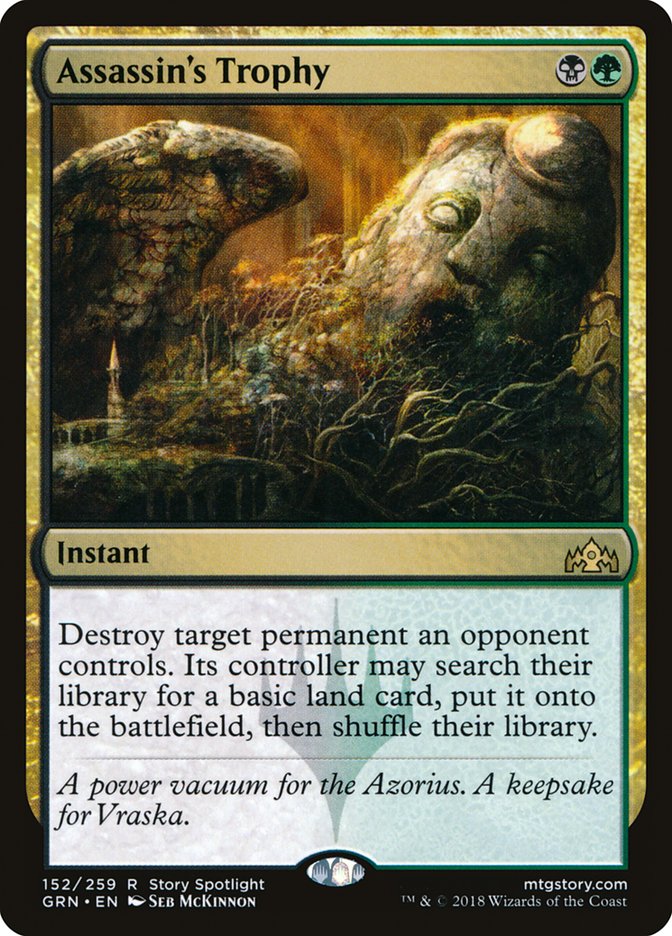

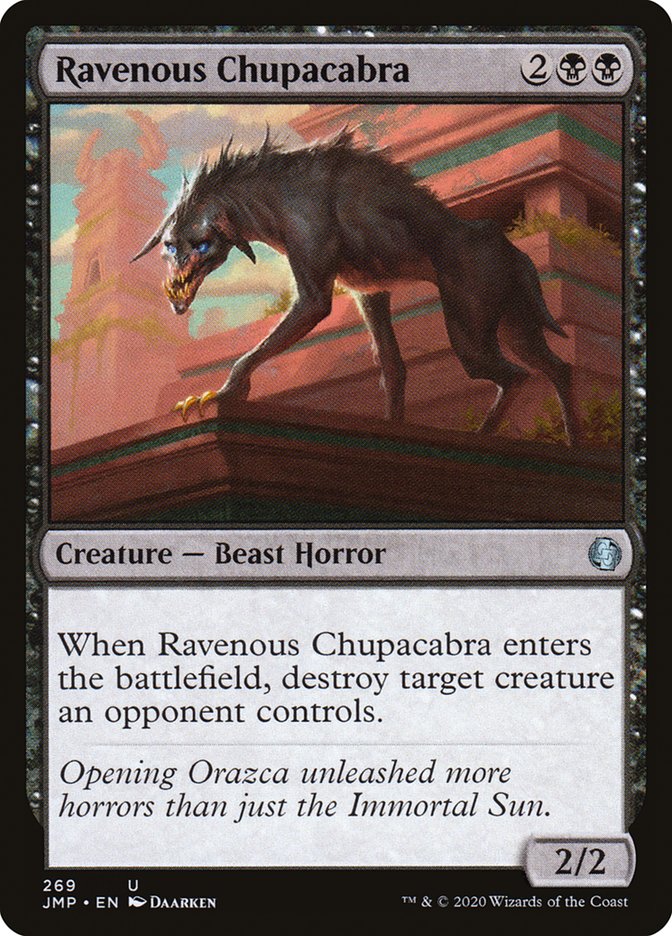
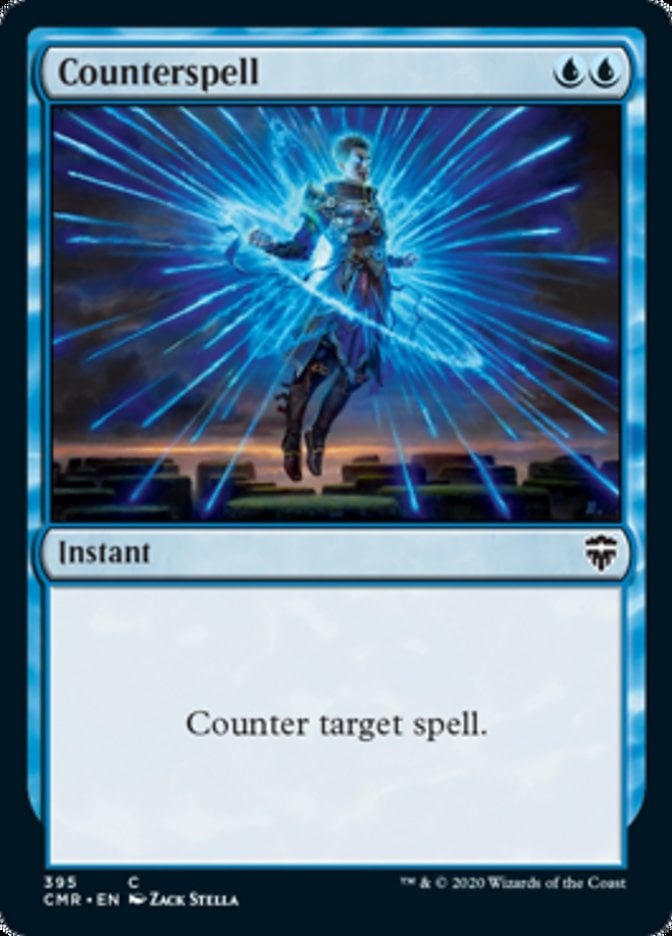
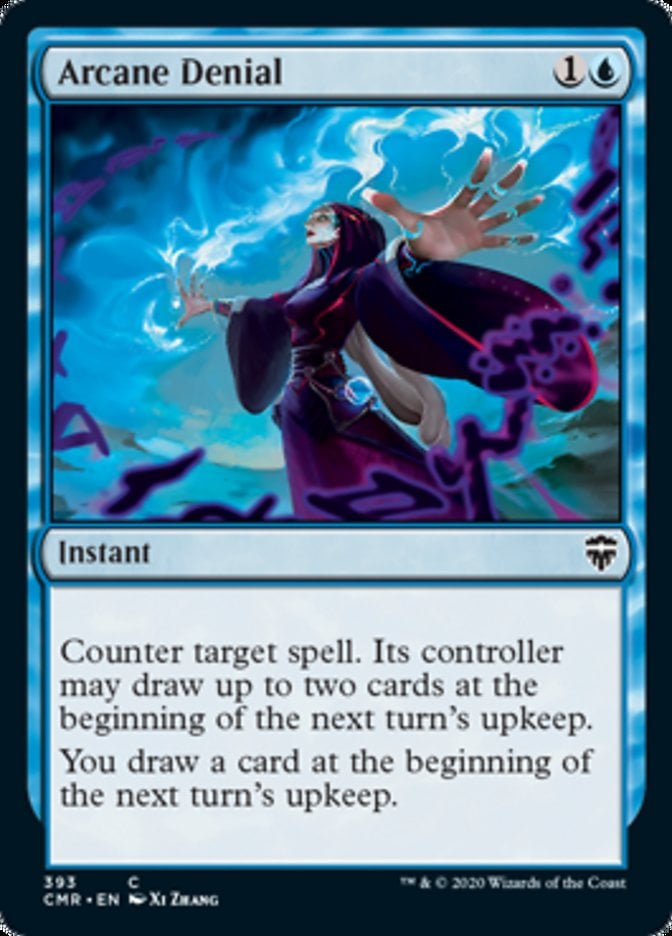
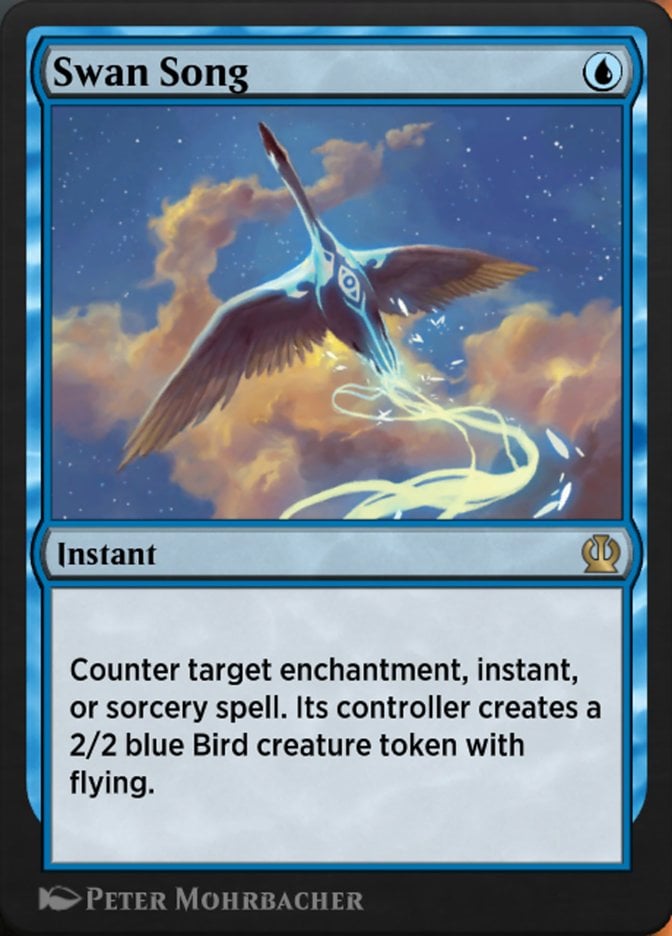
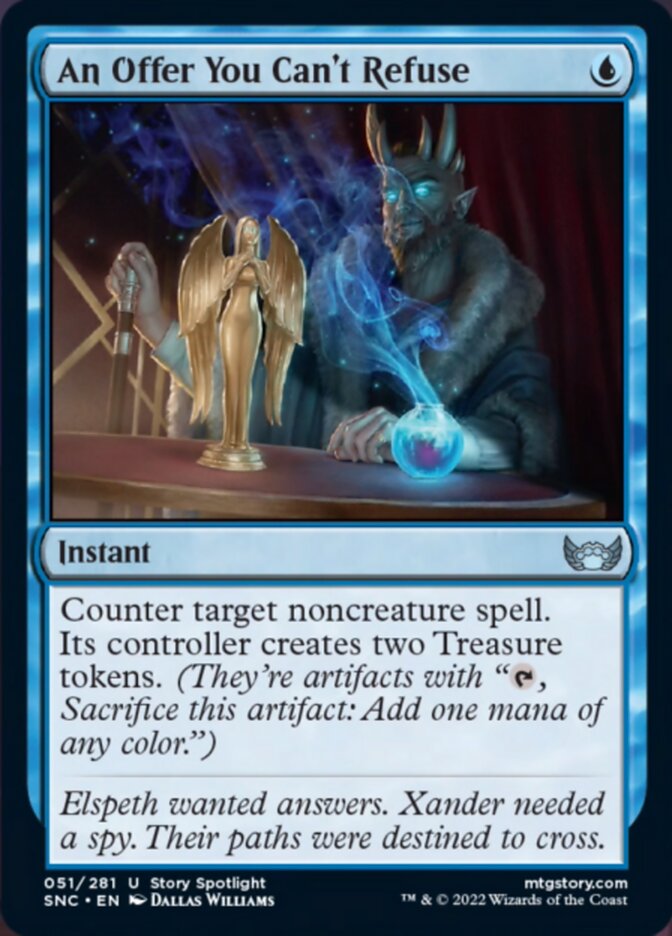
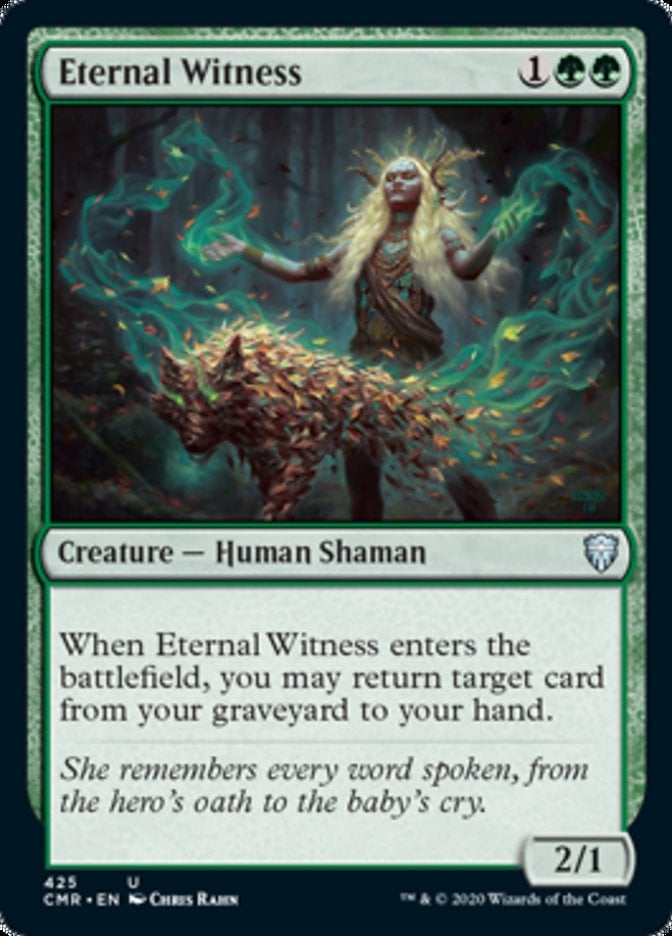

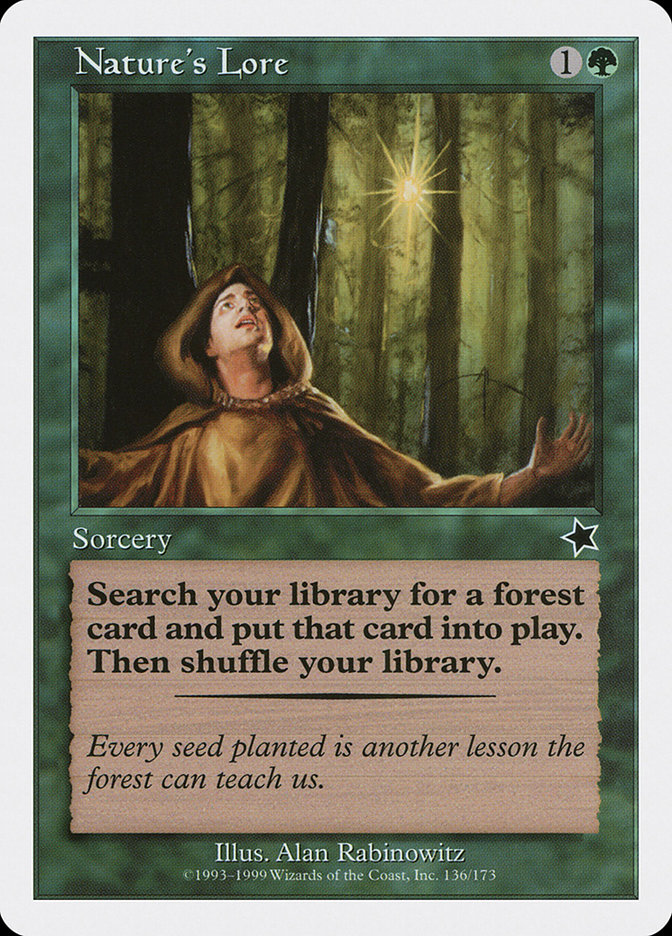
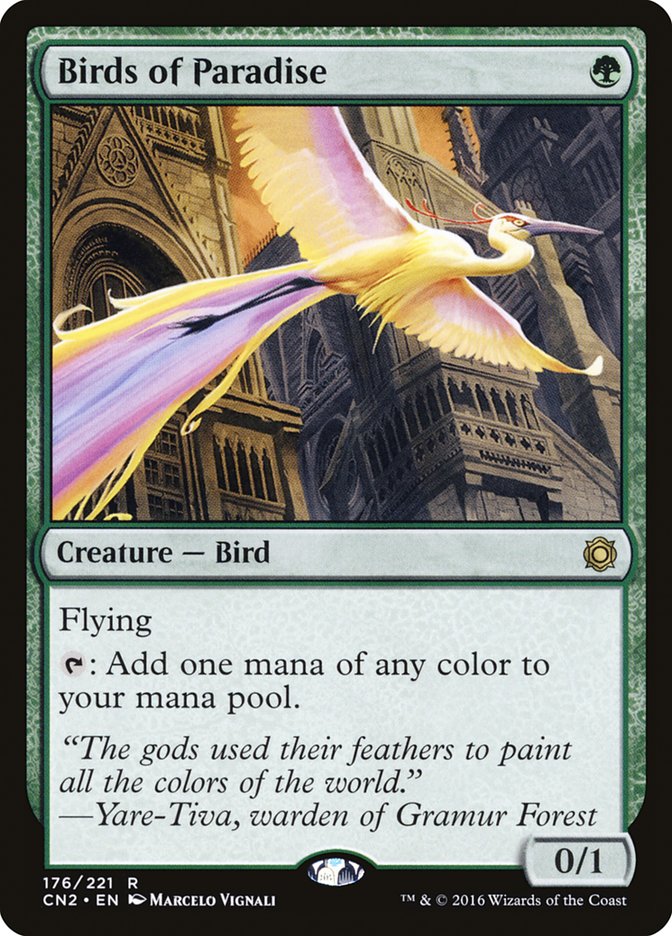

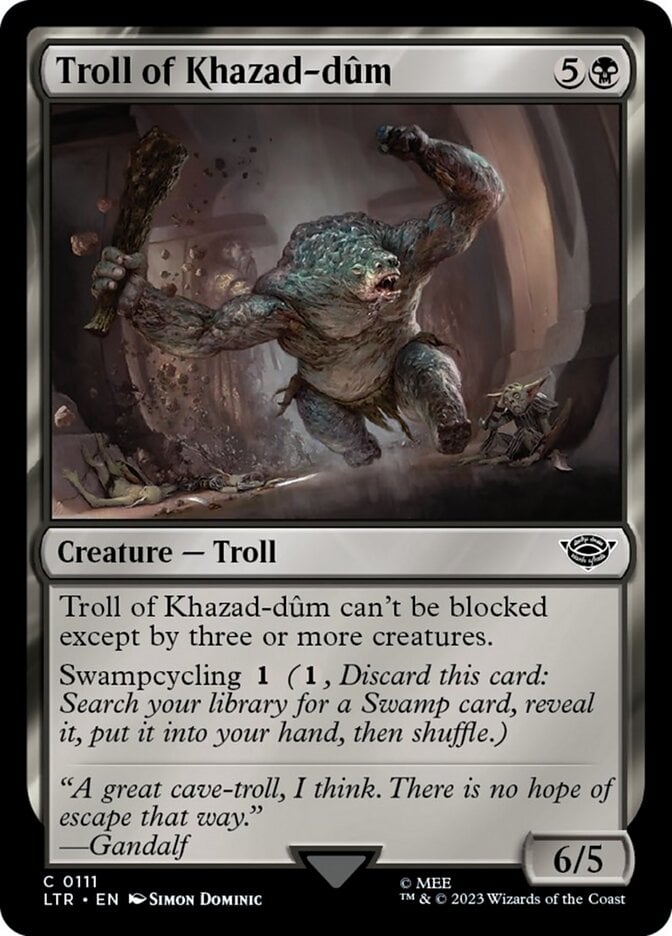

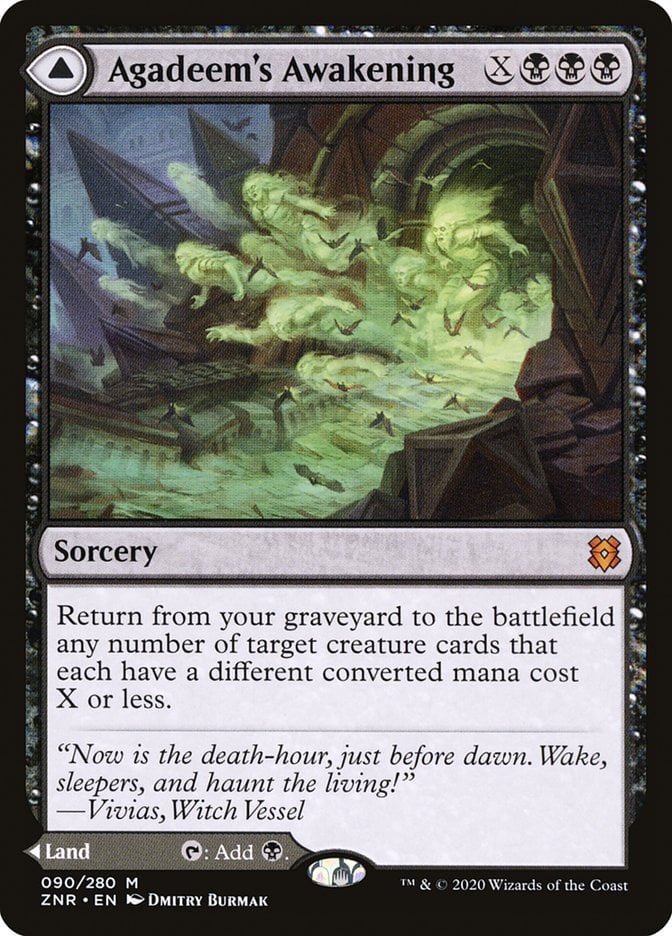
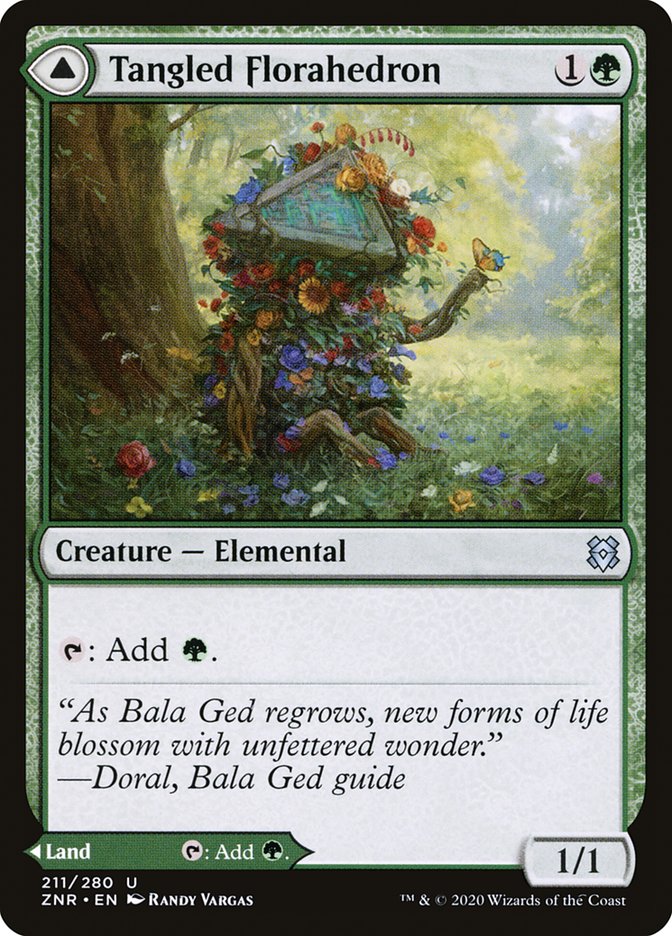
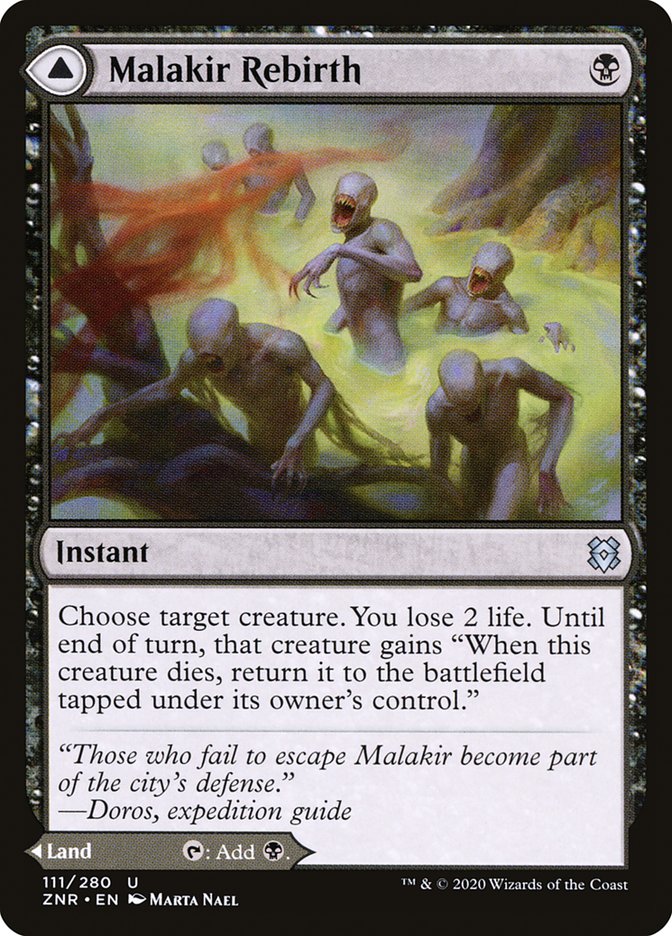
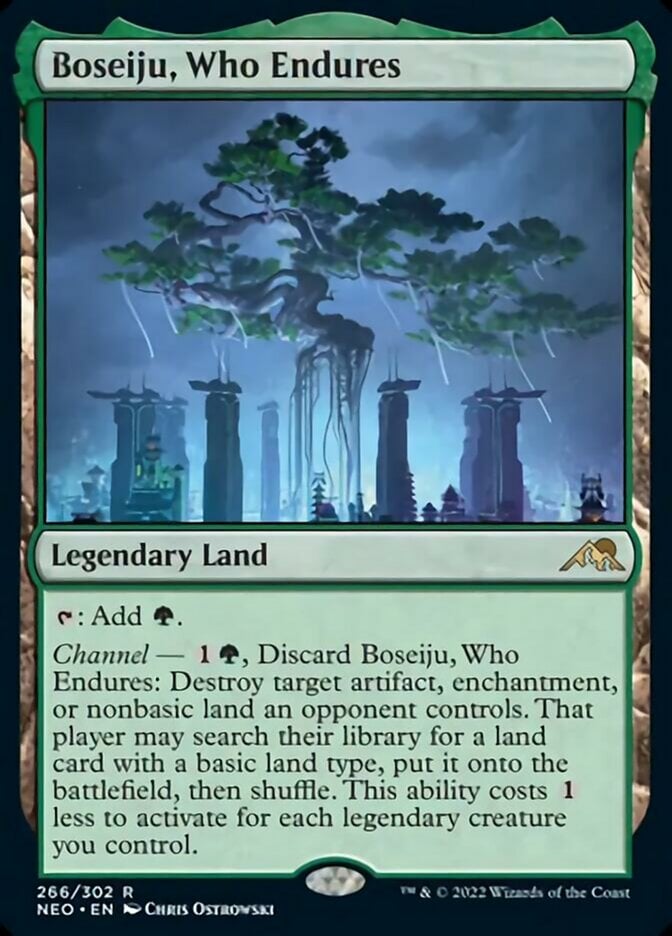
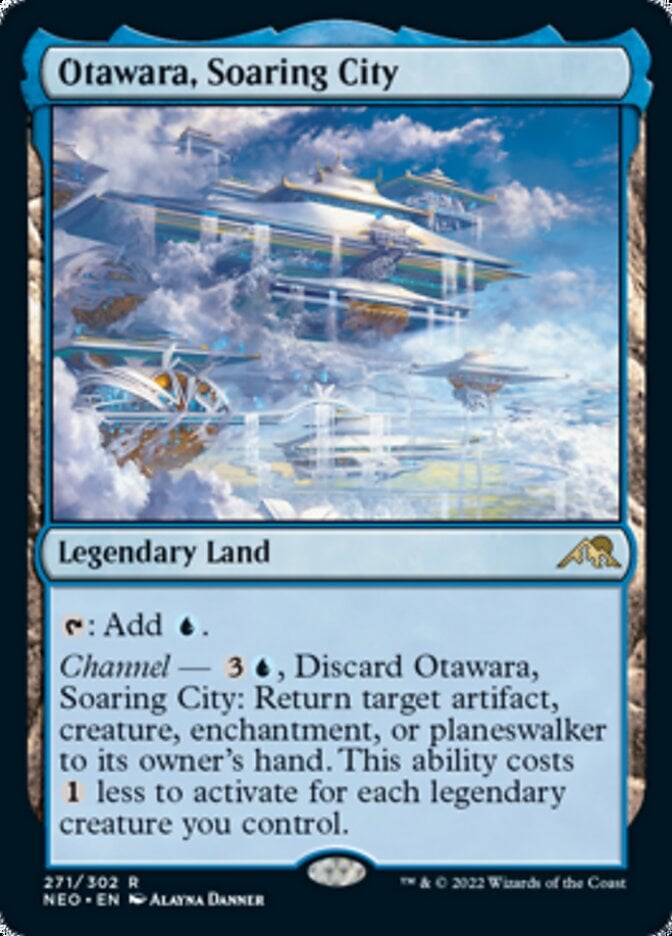
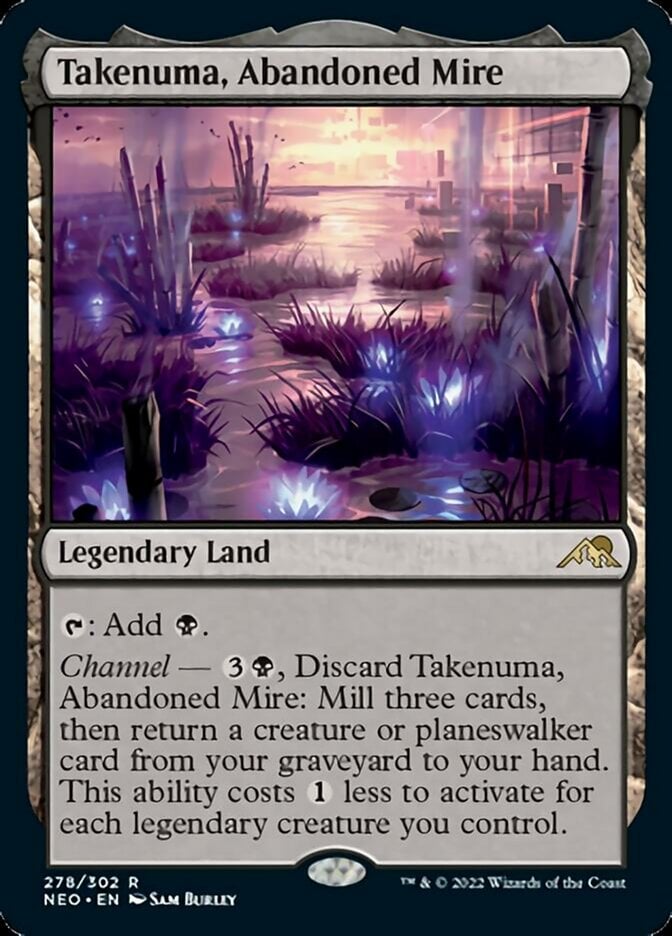
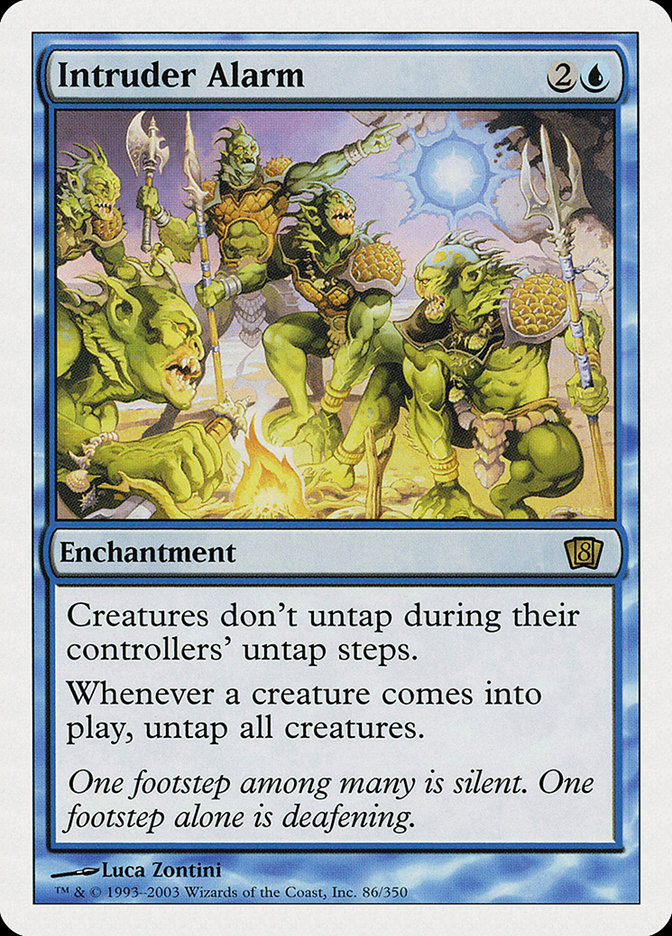

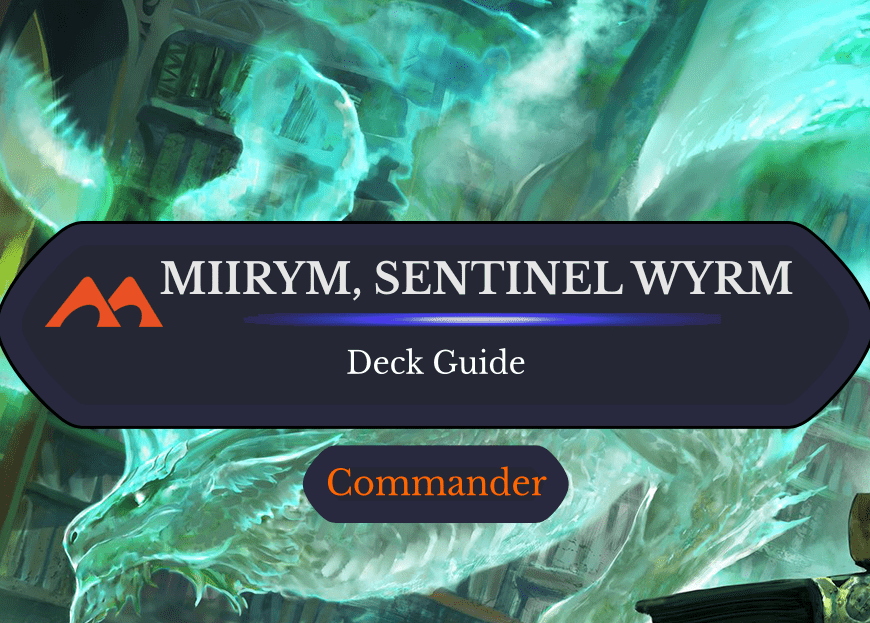
Add Comment